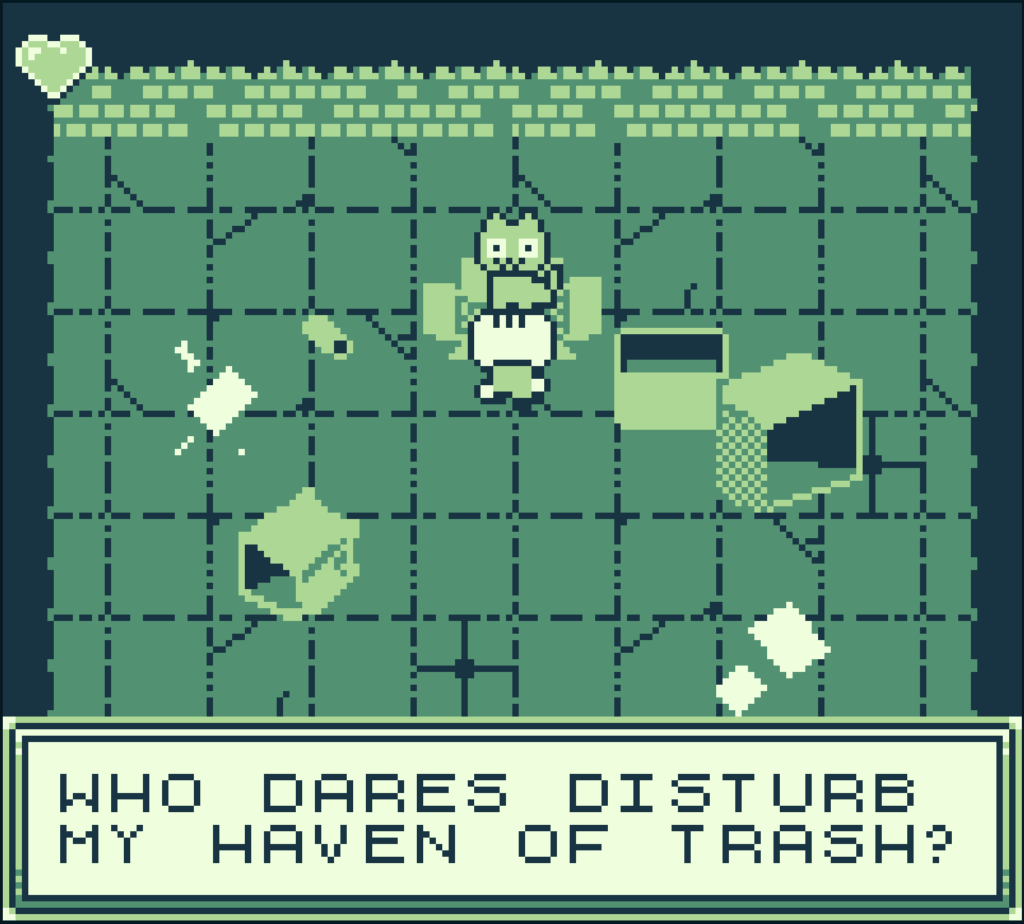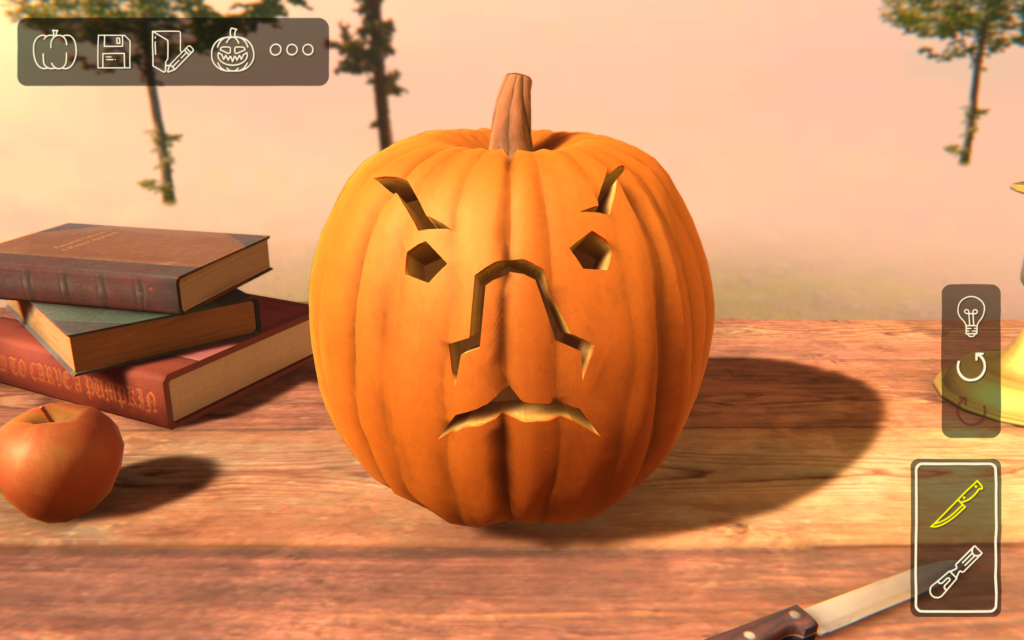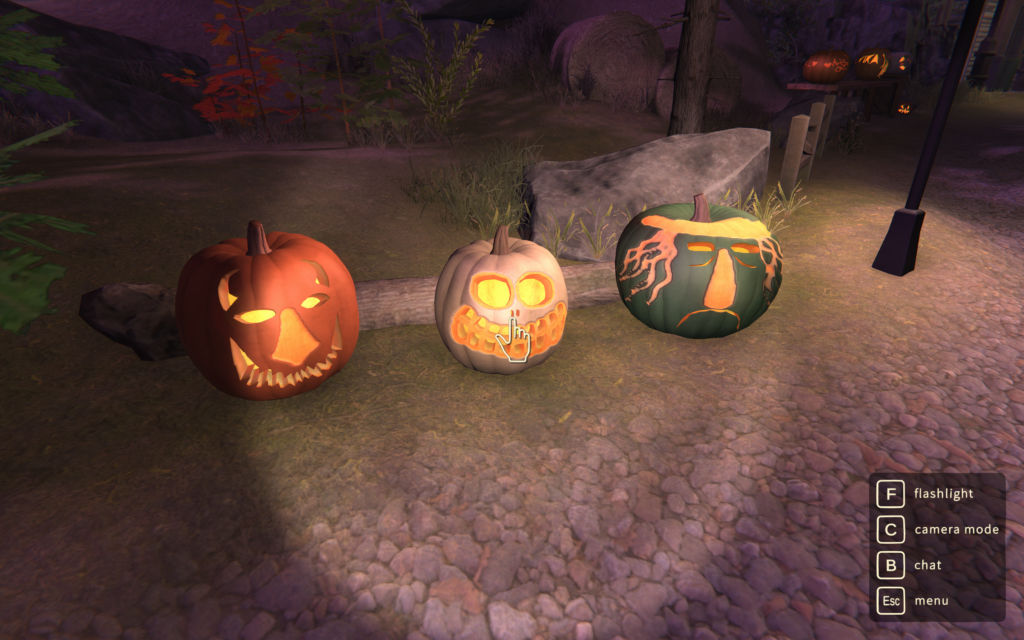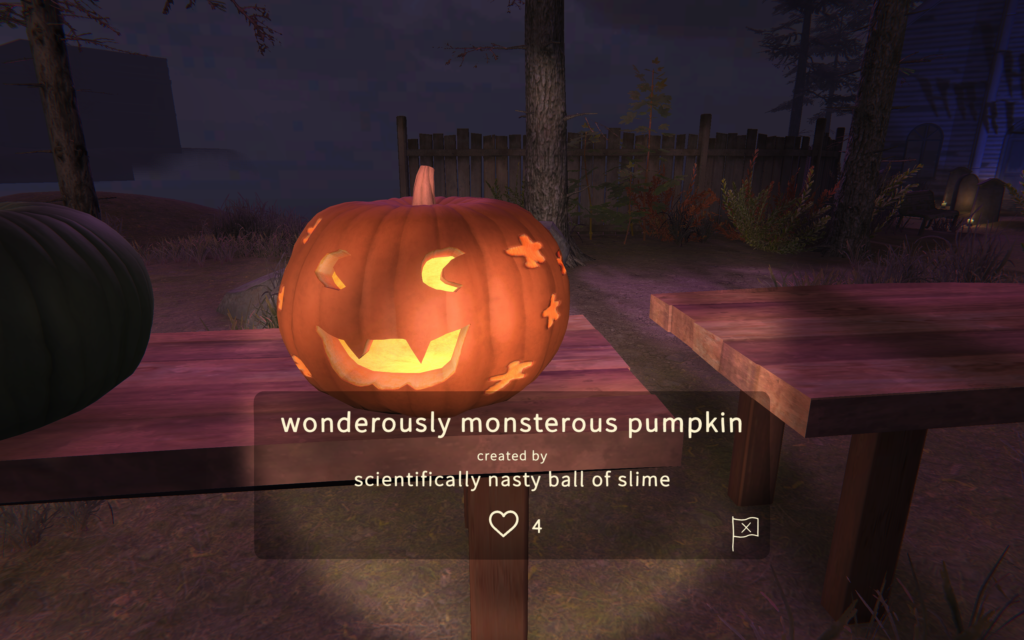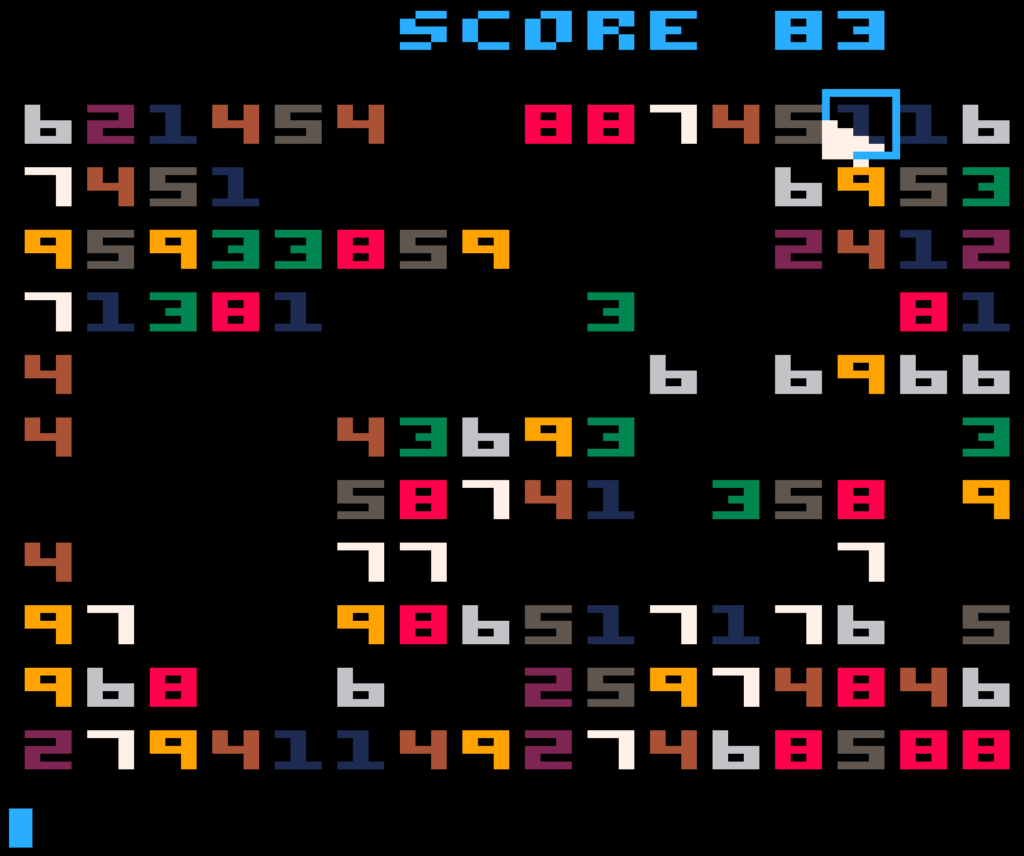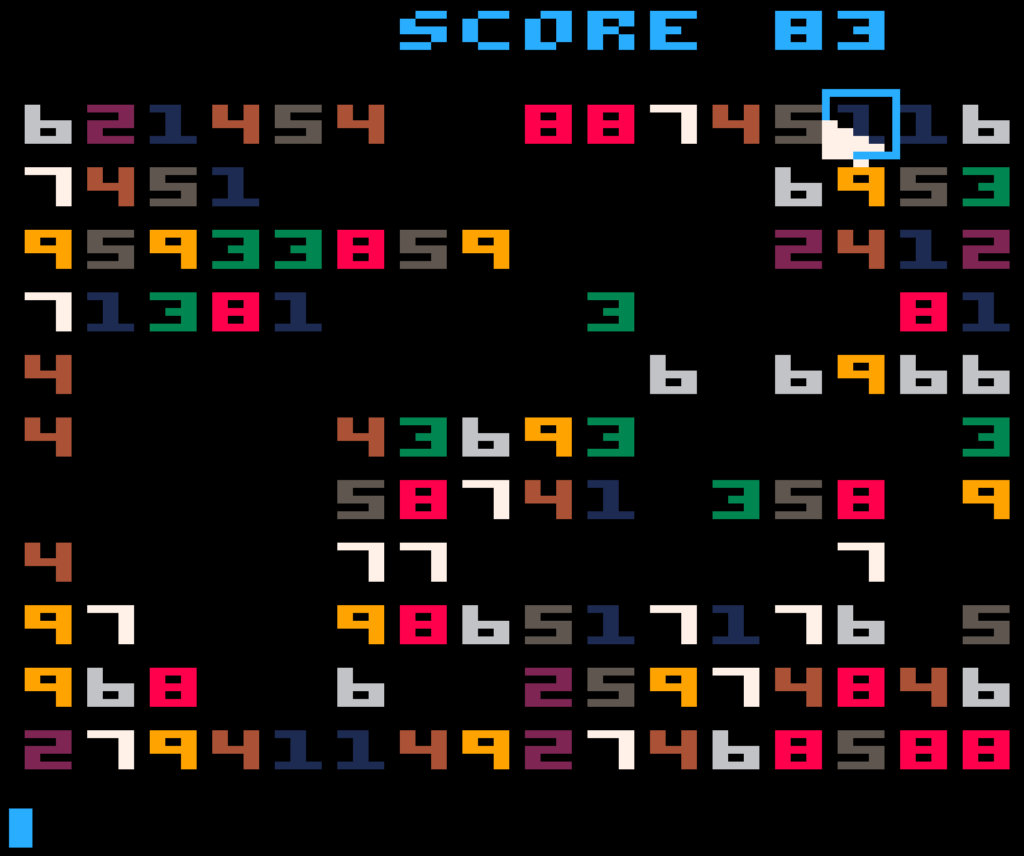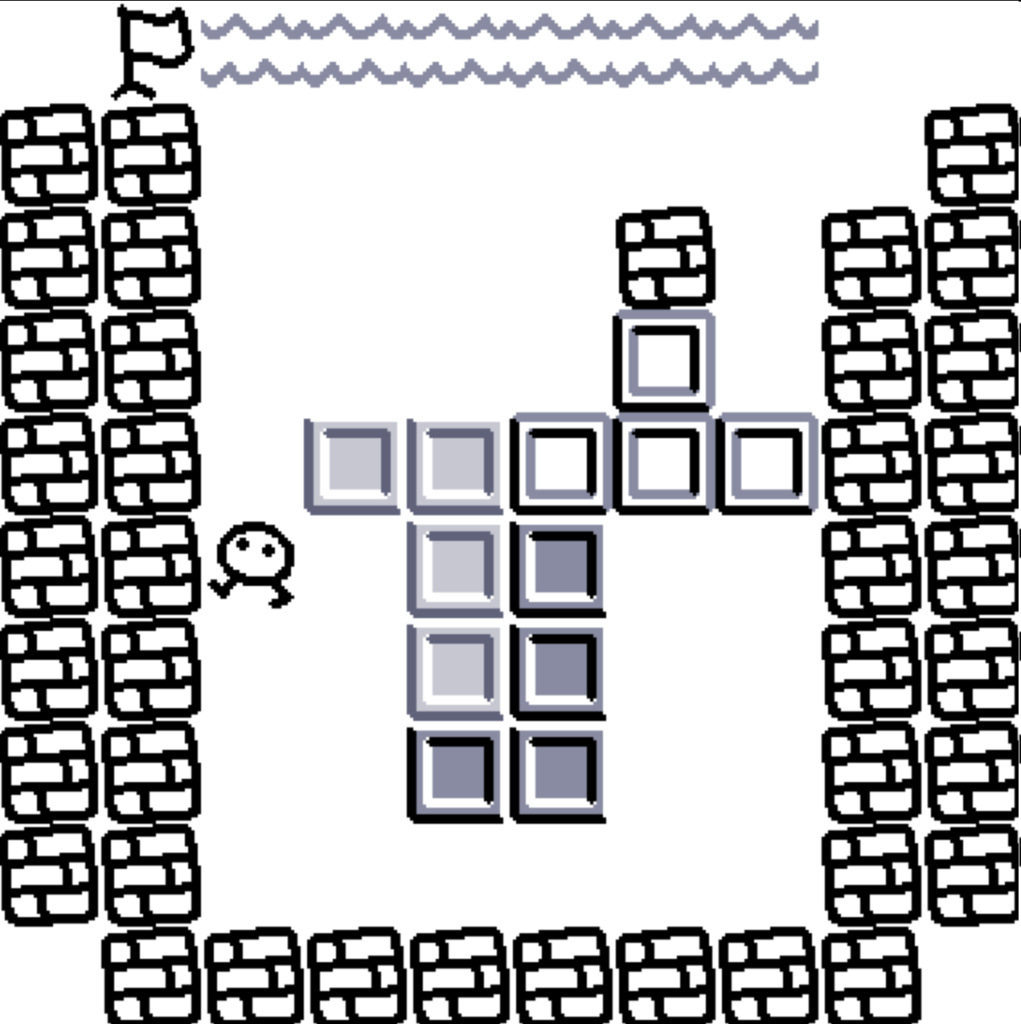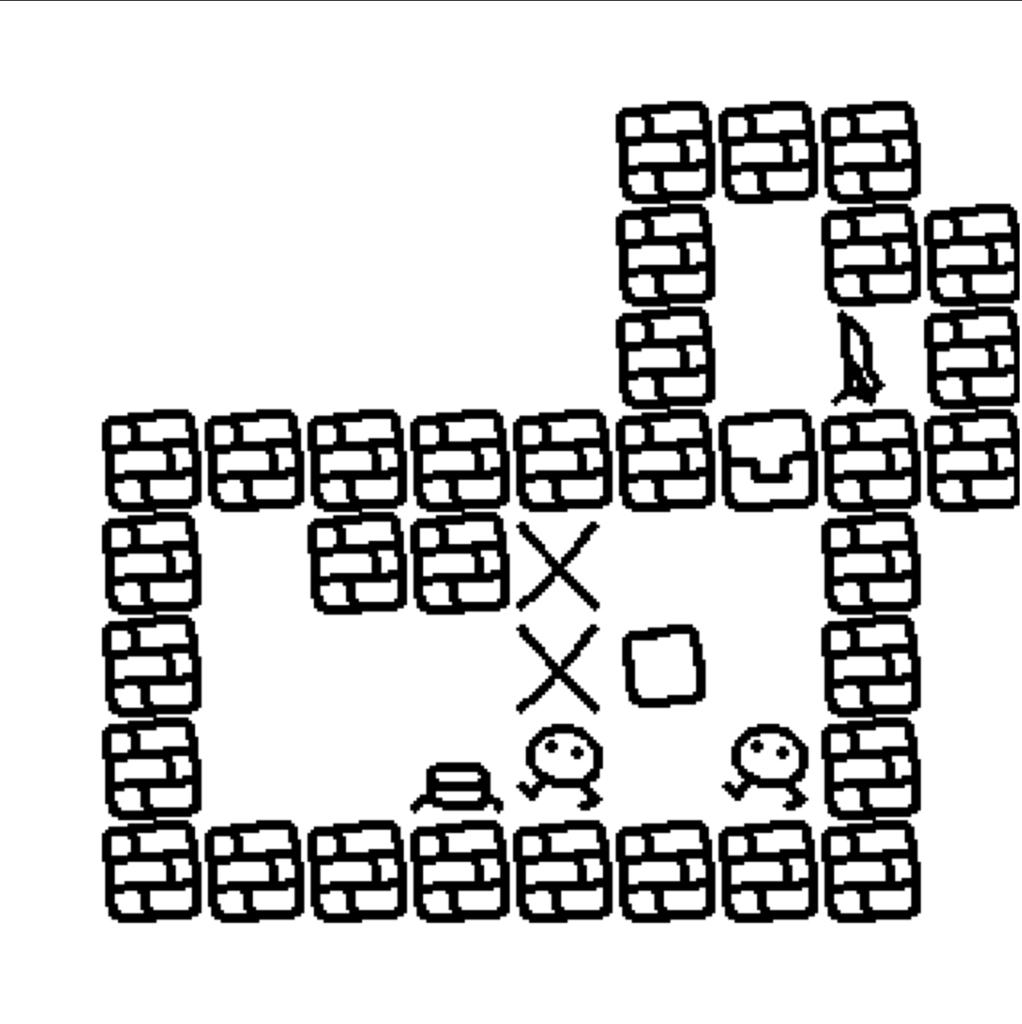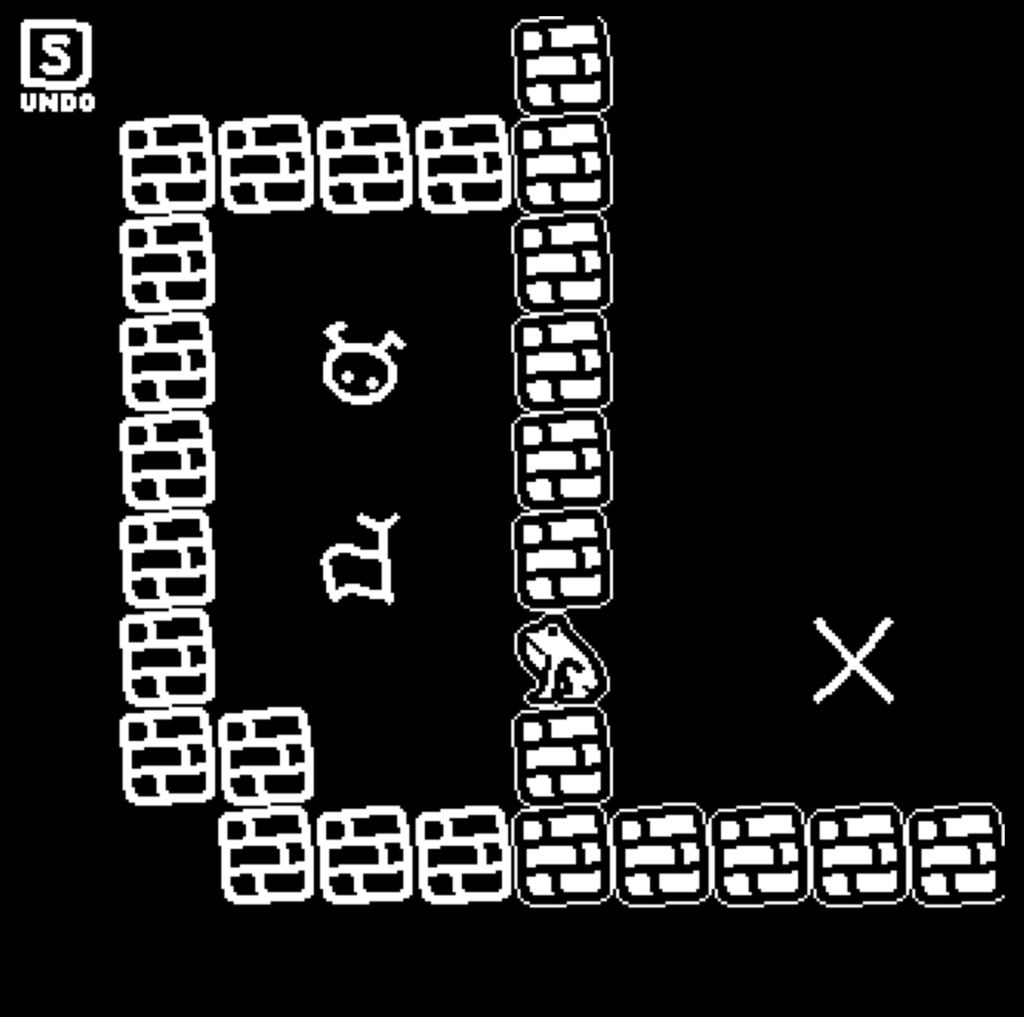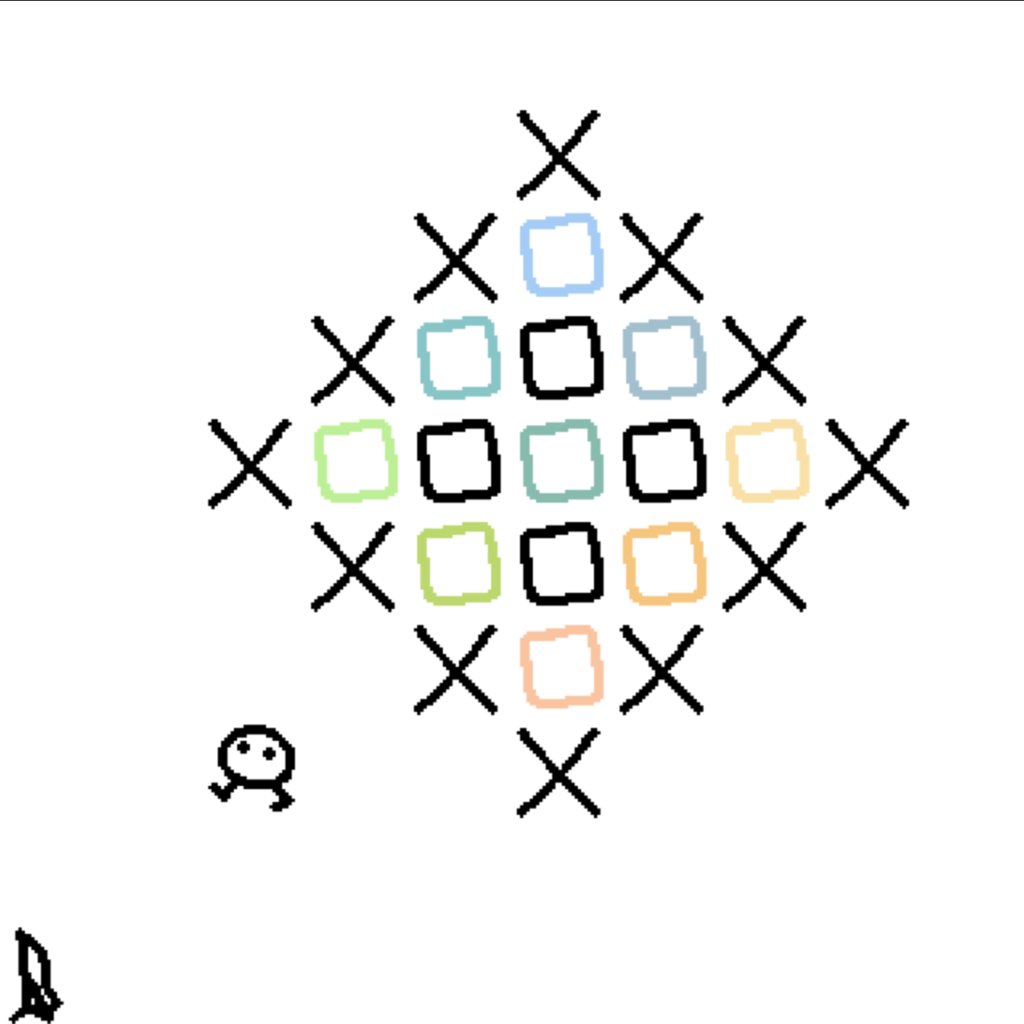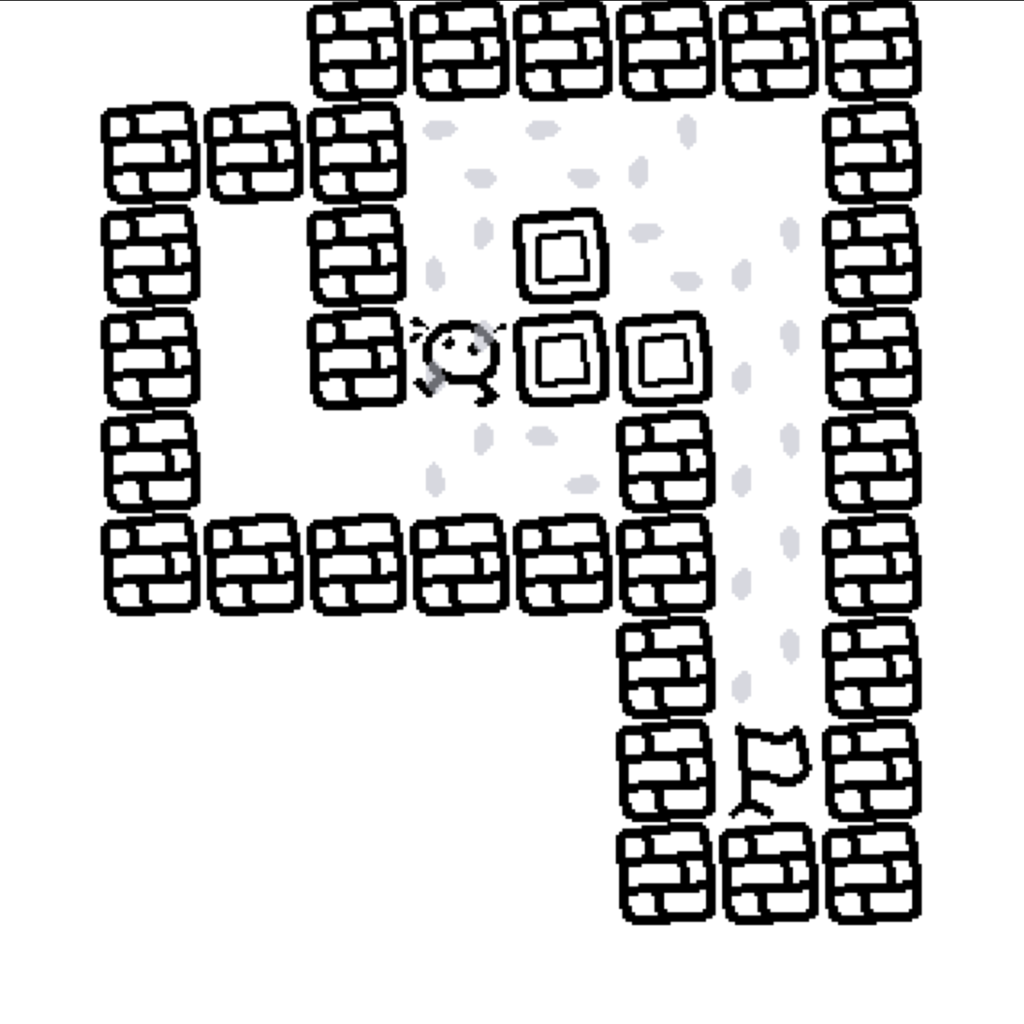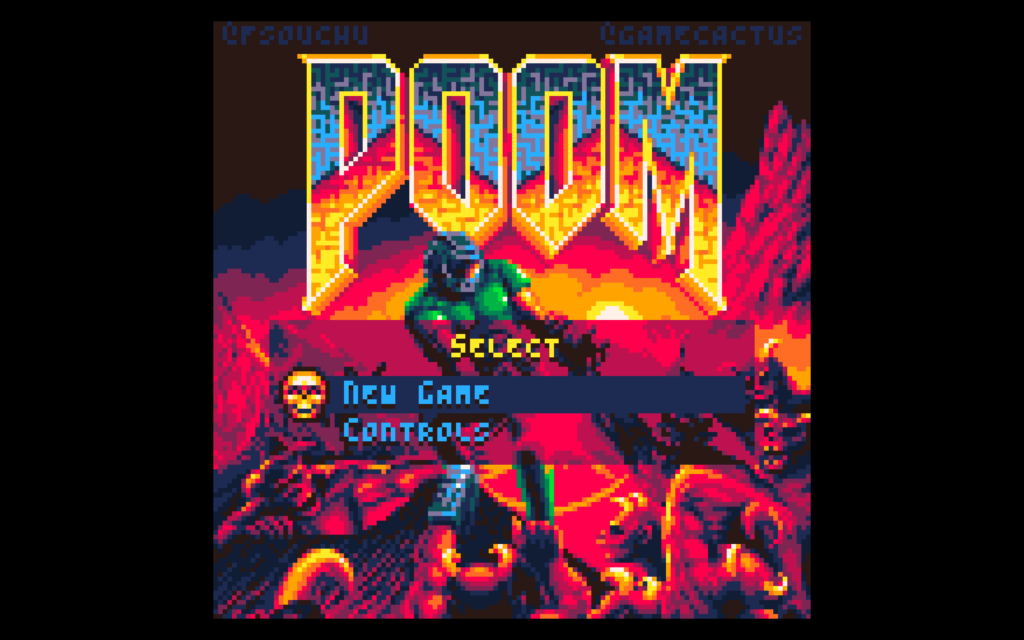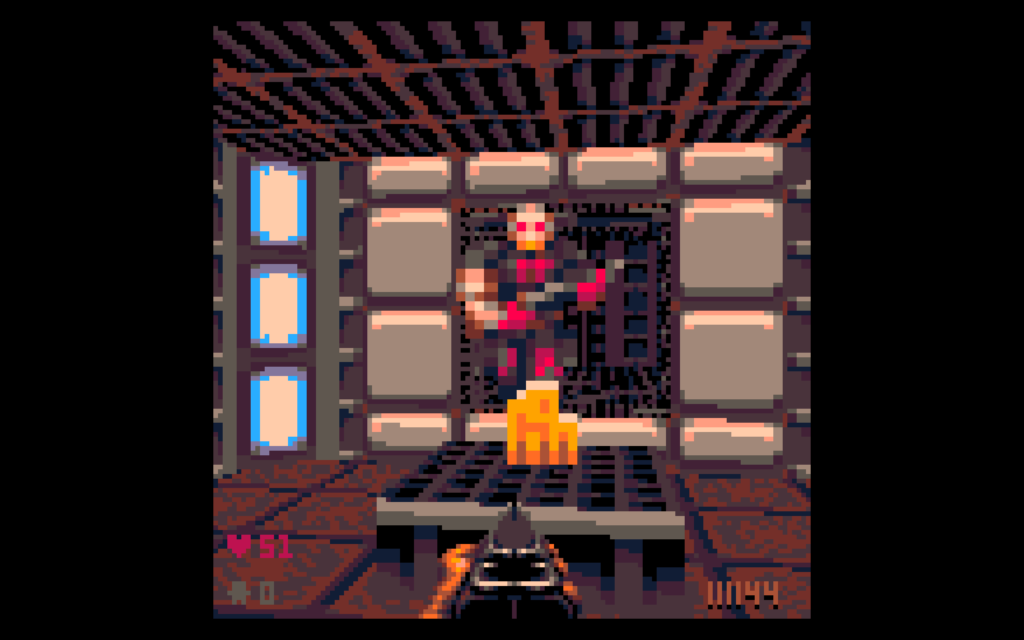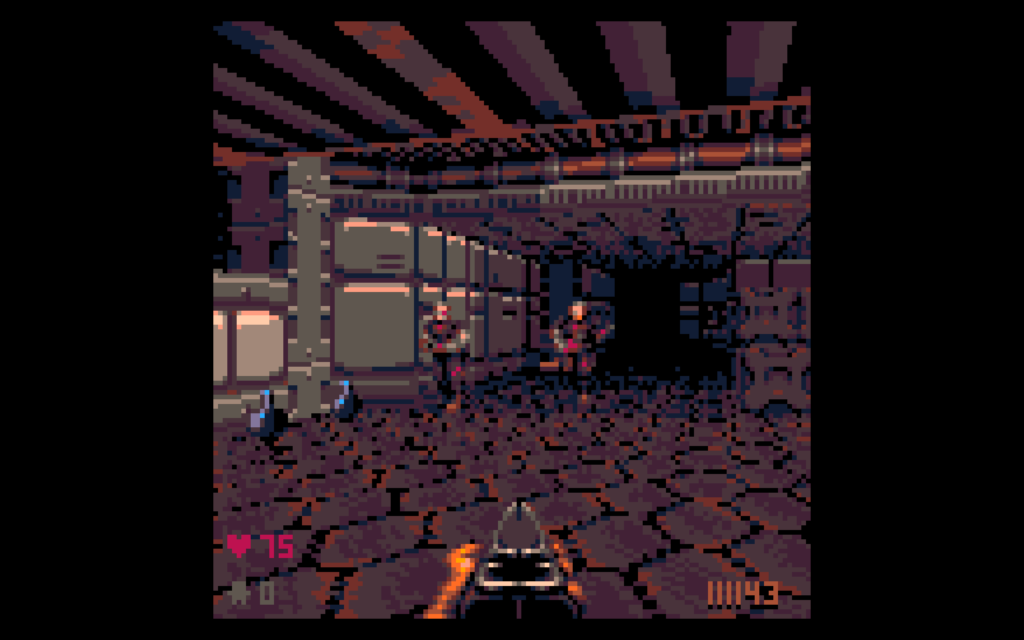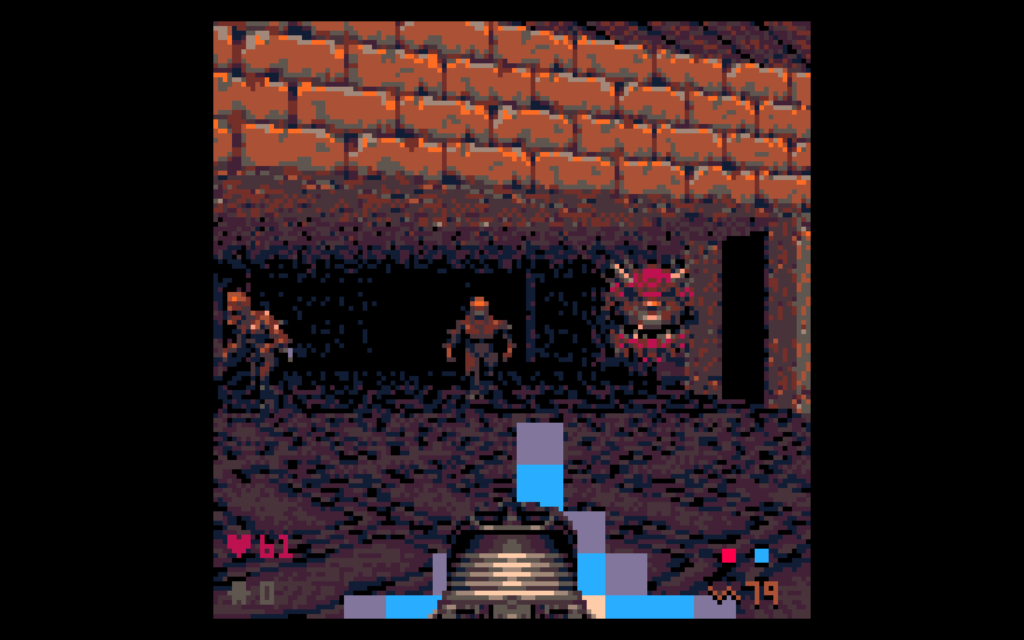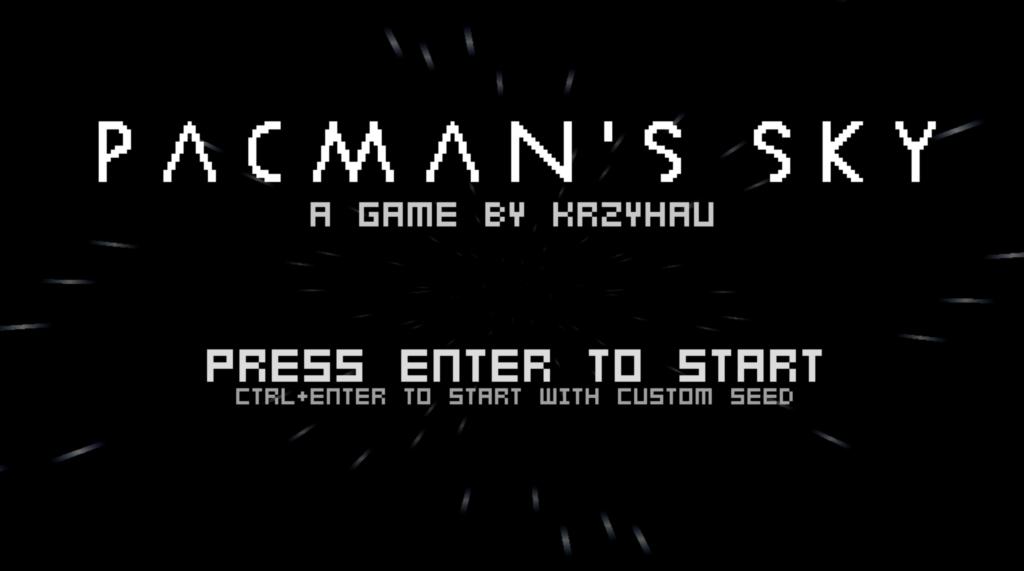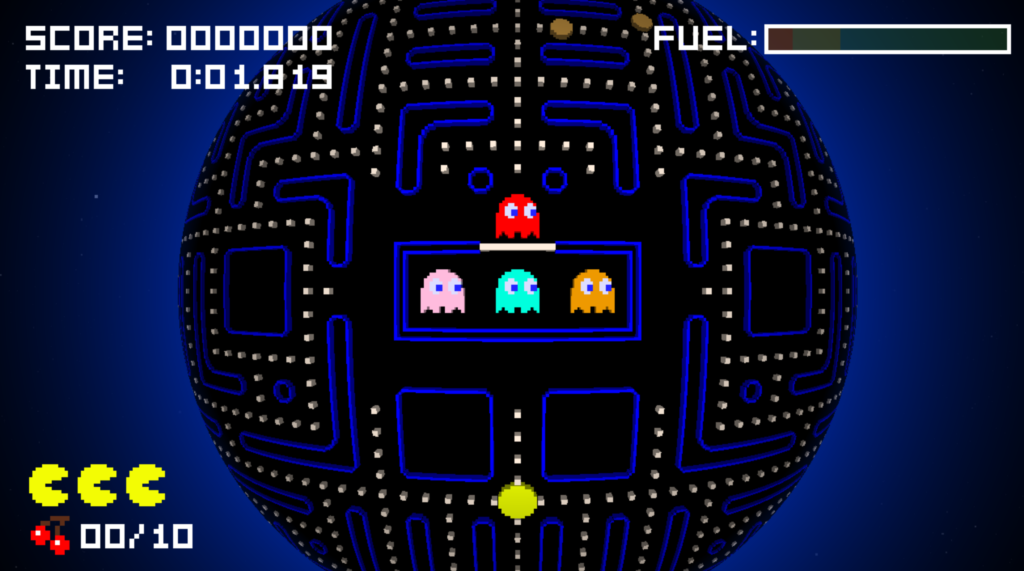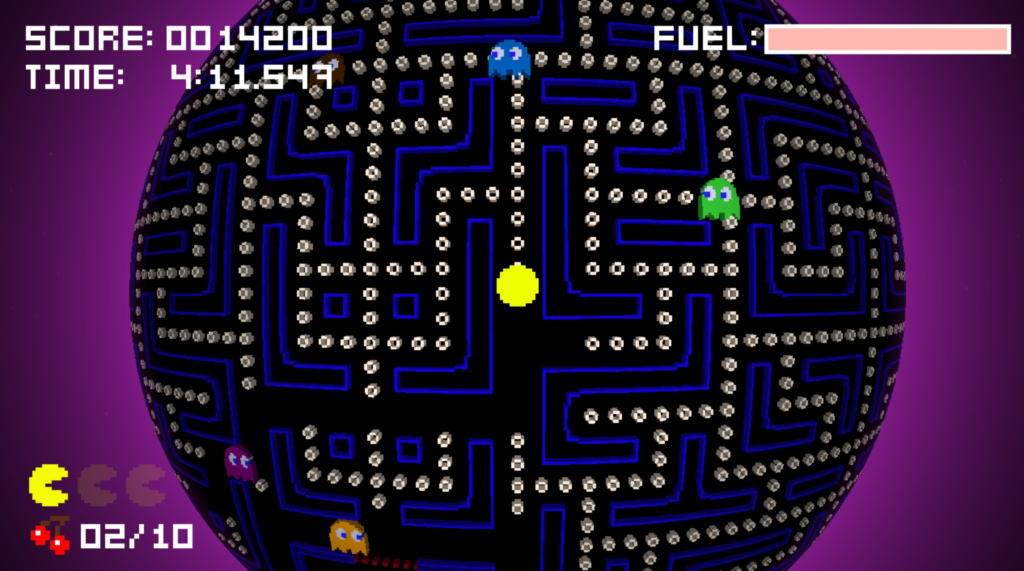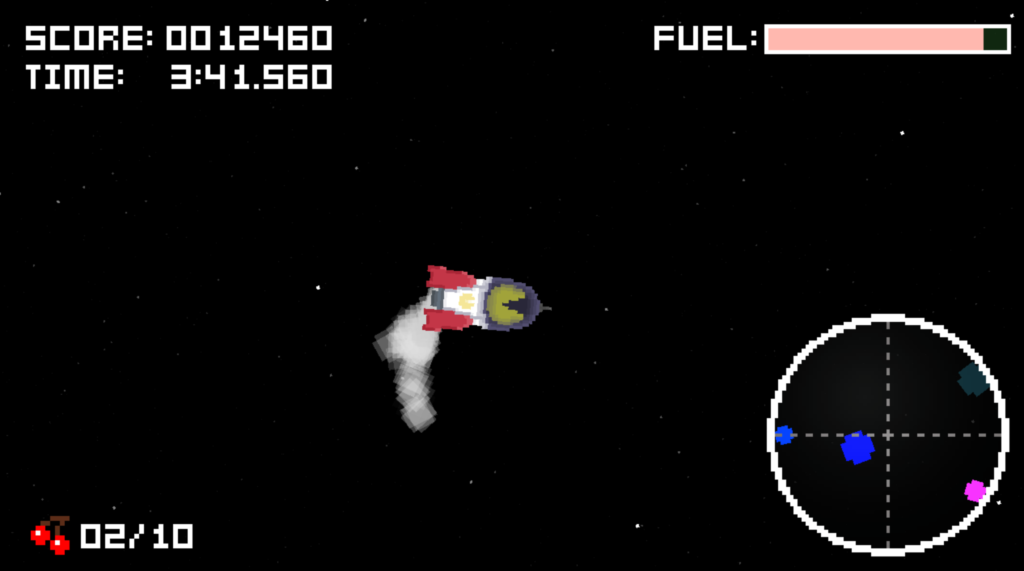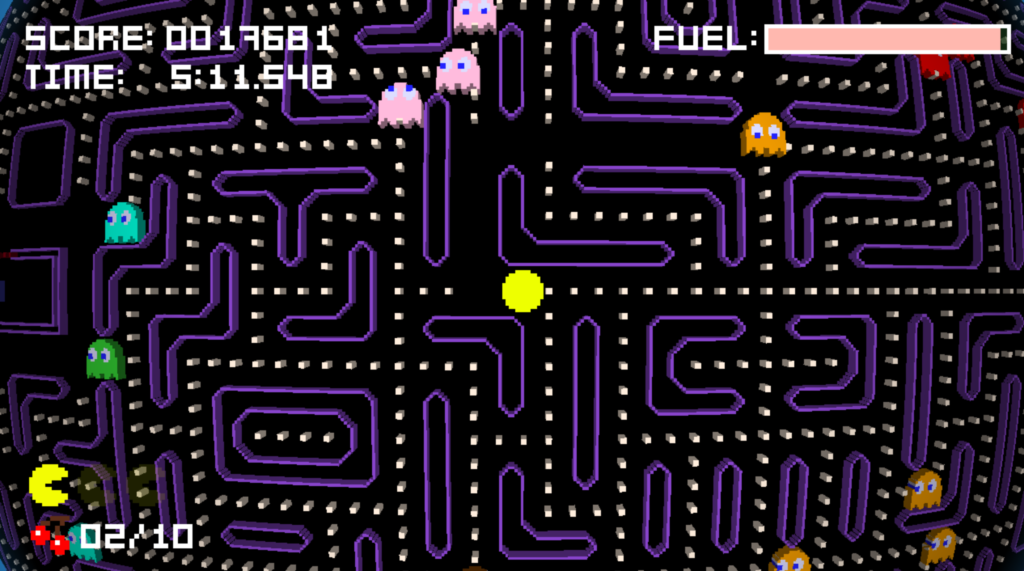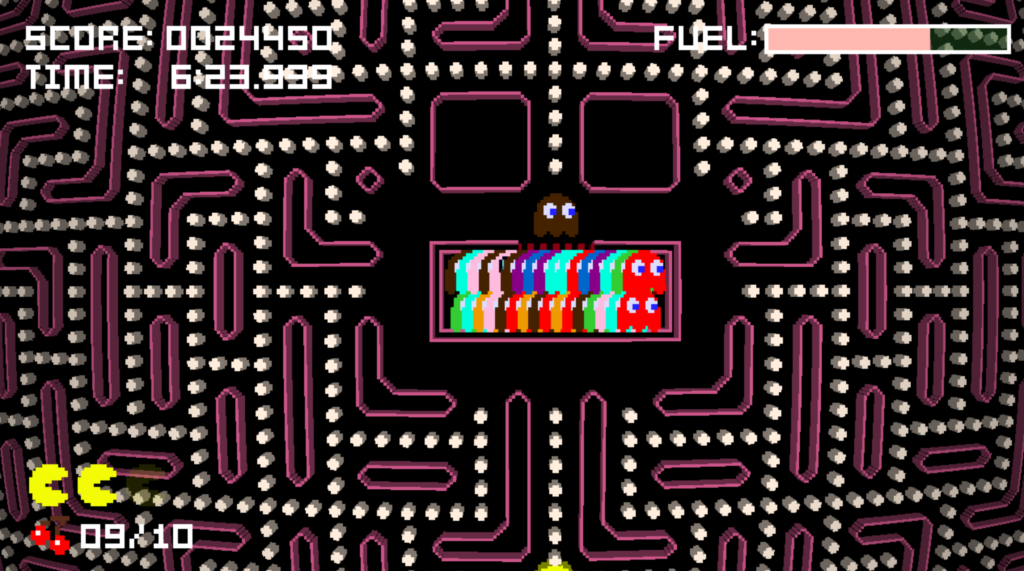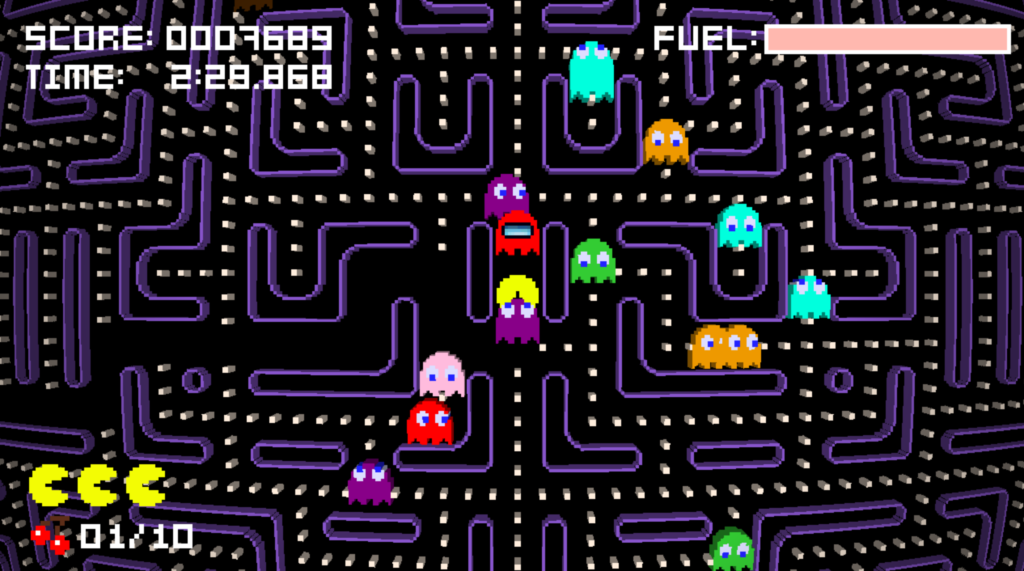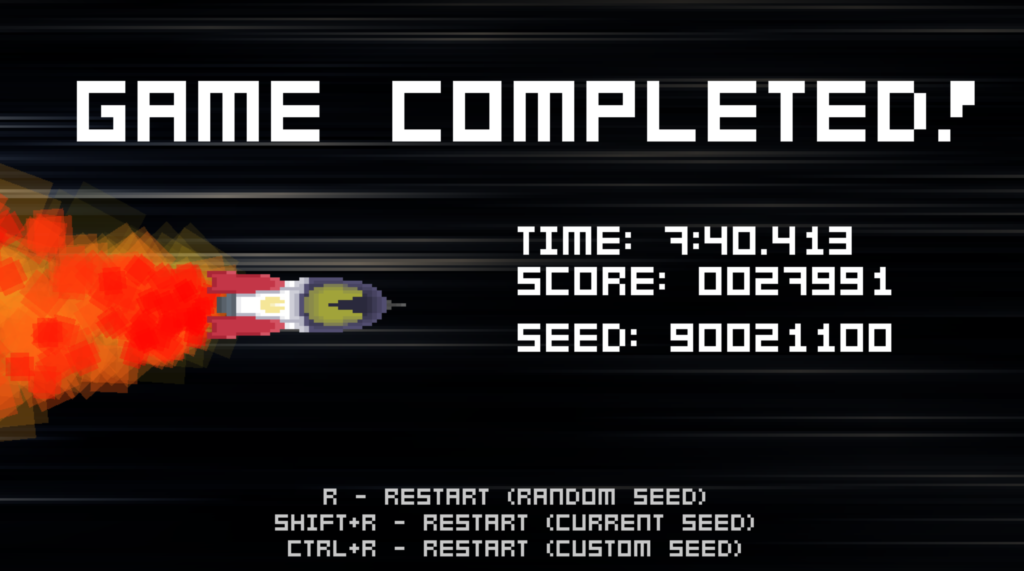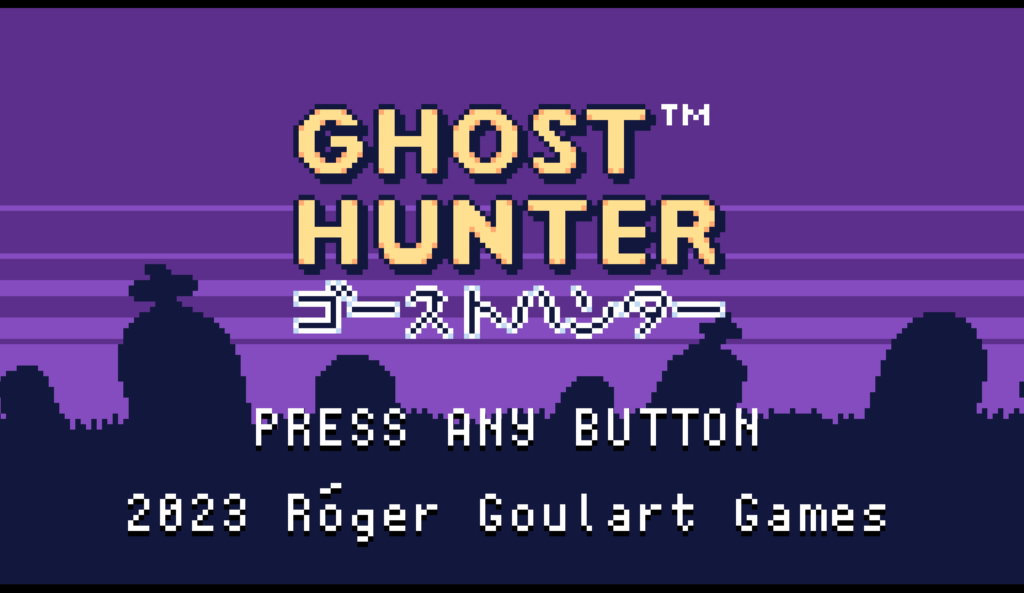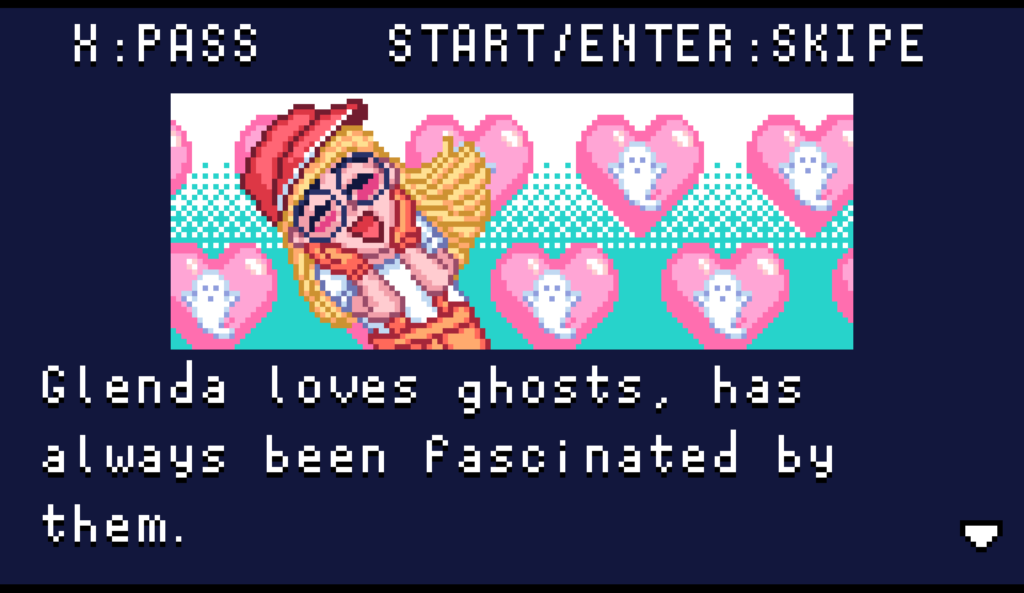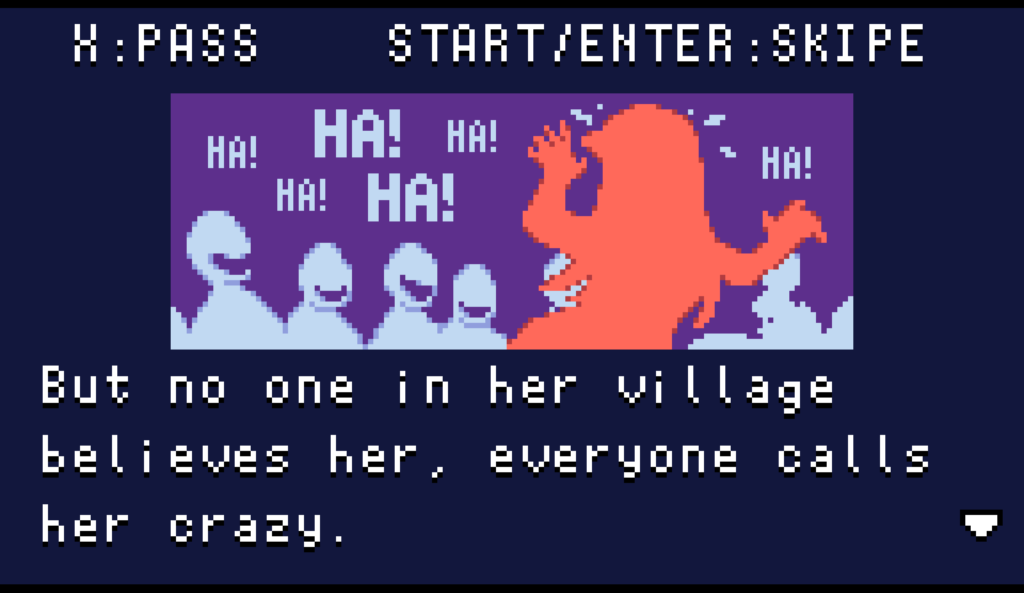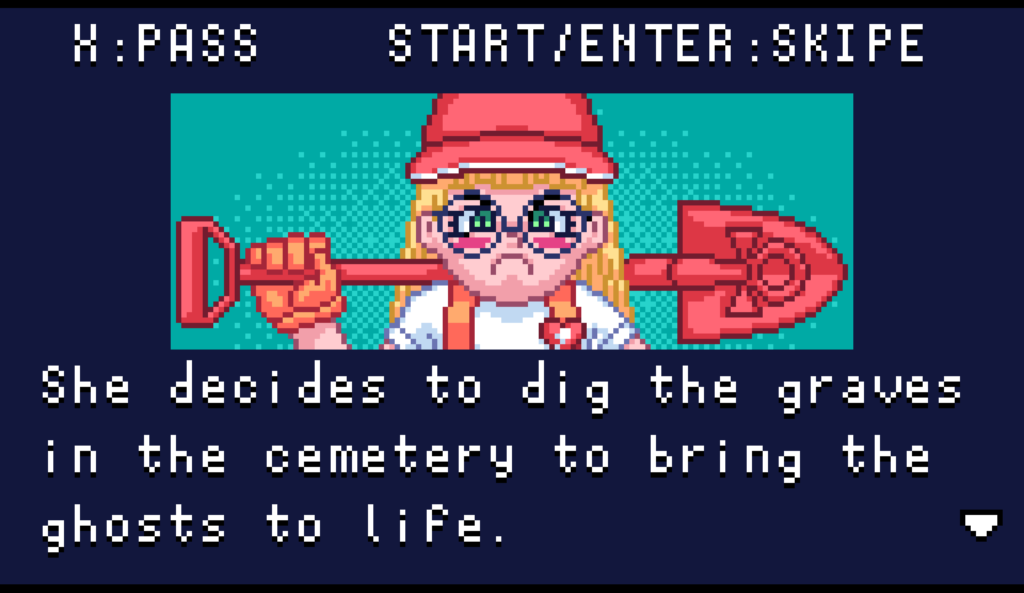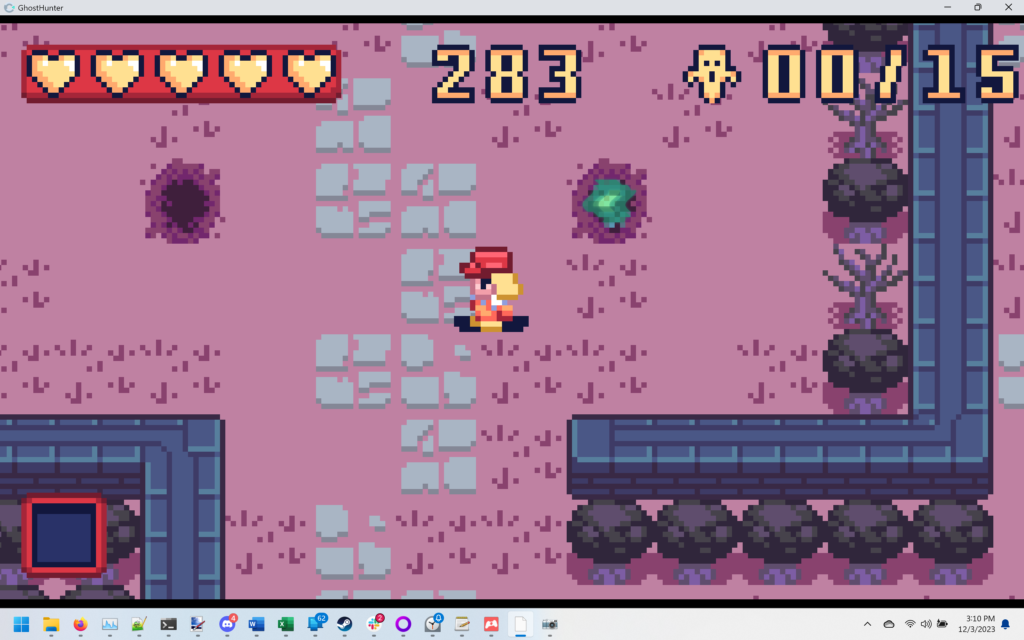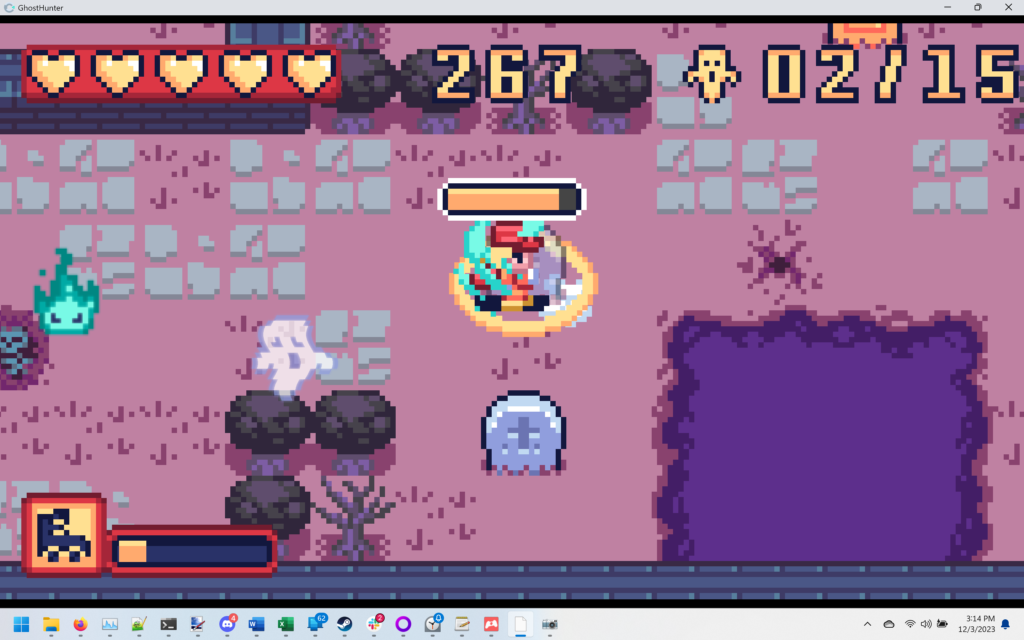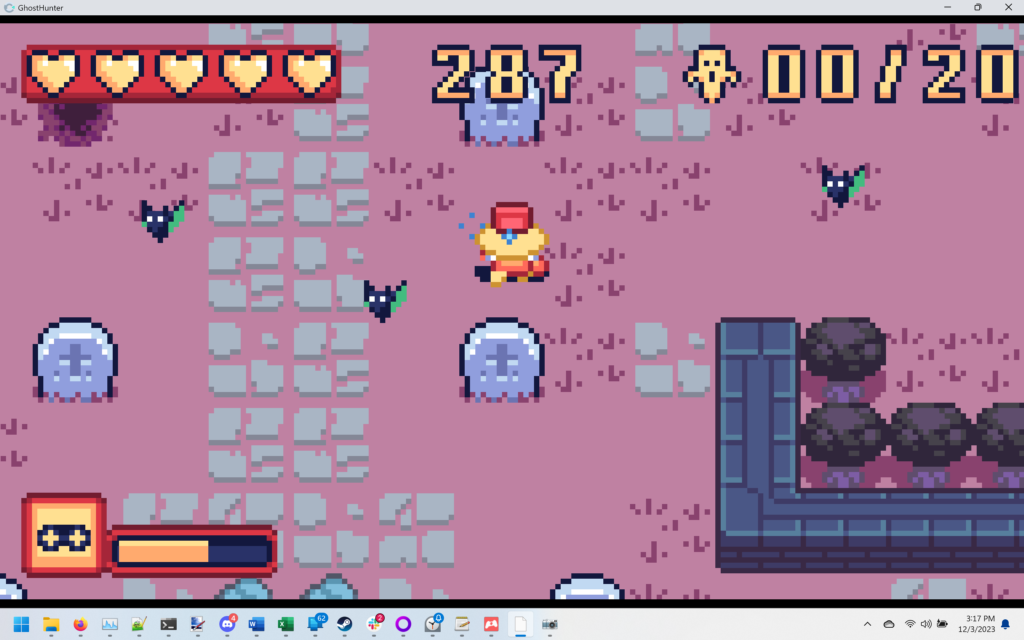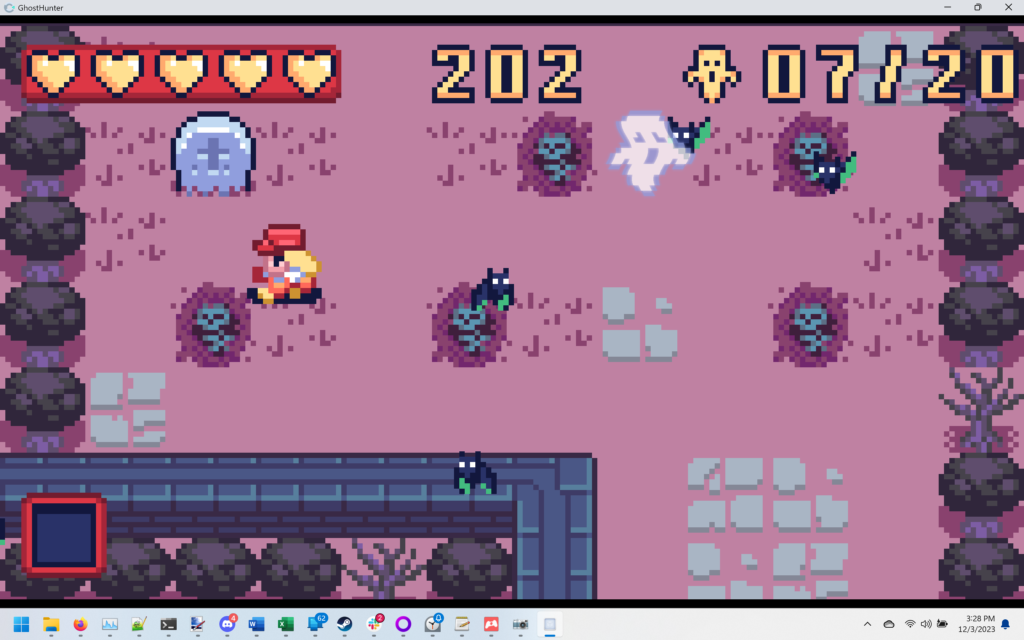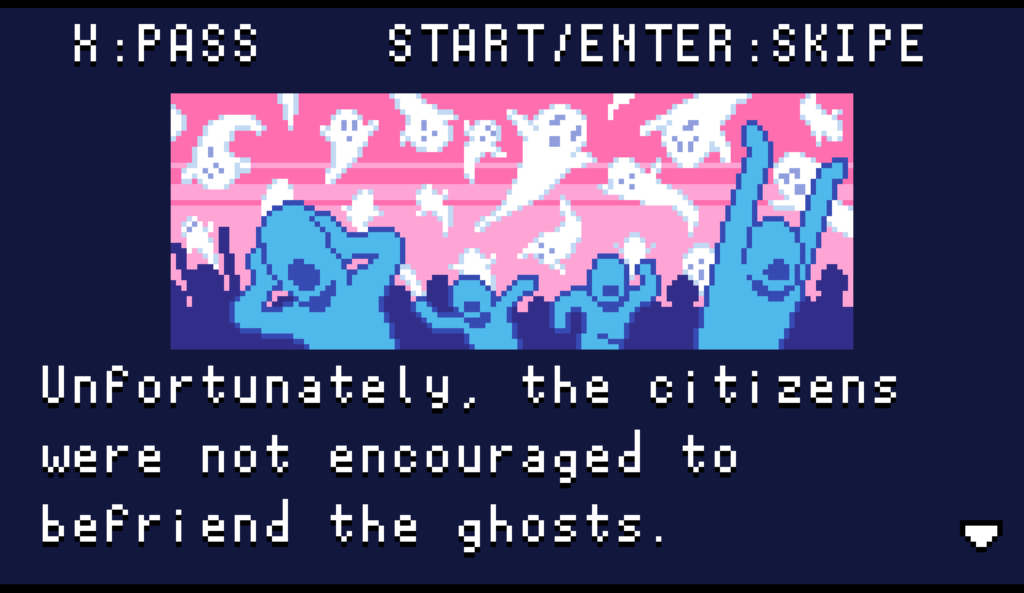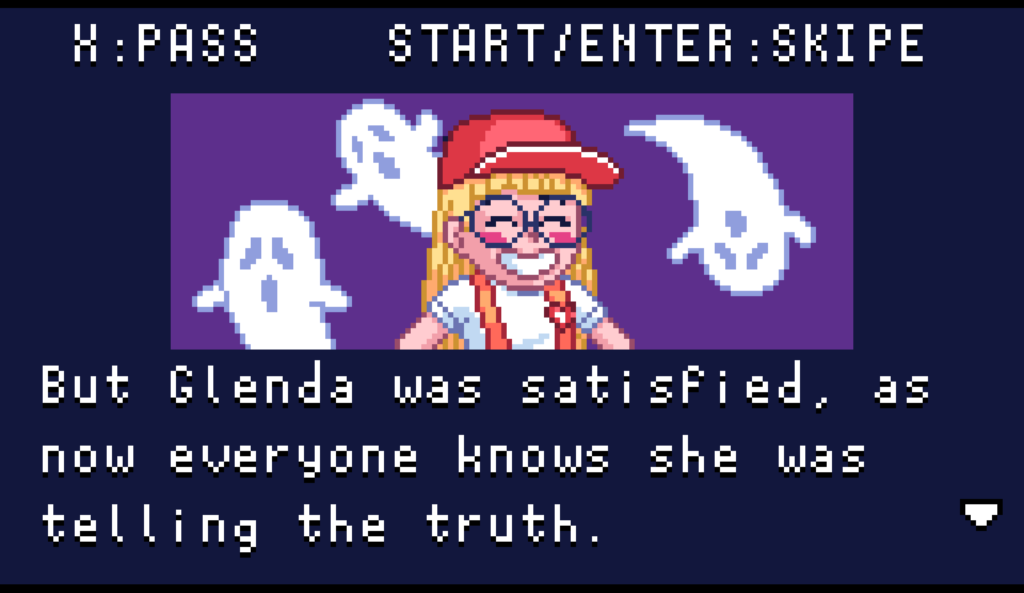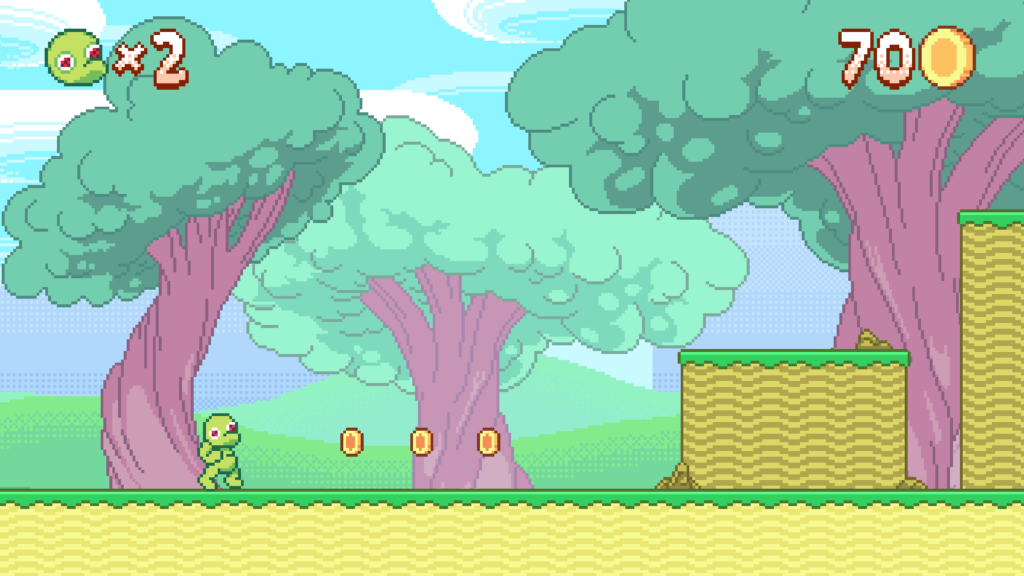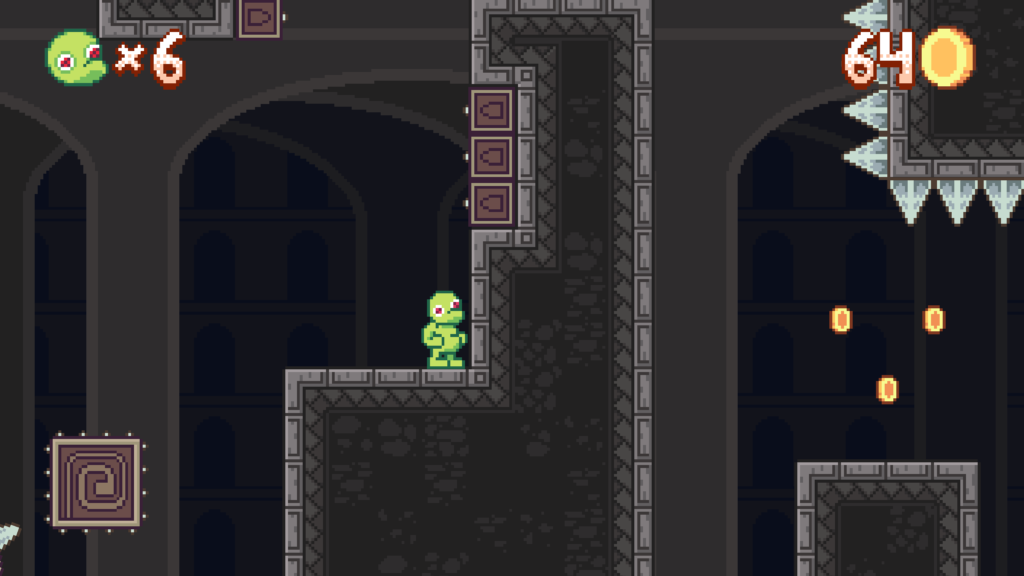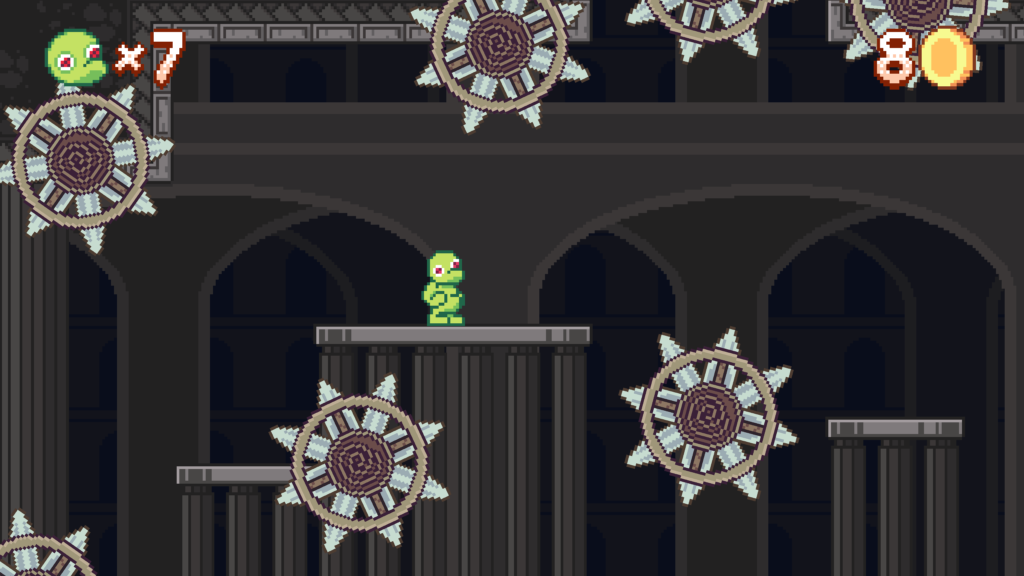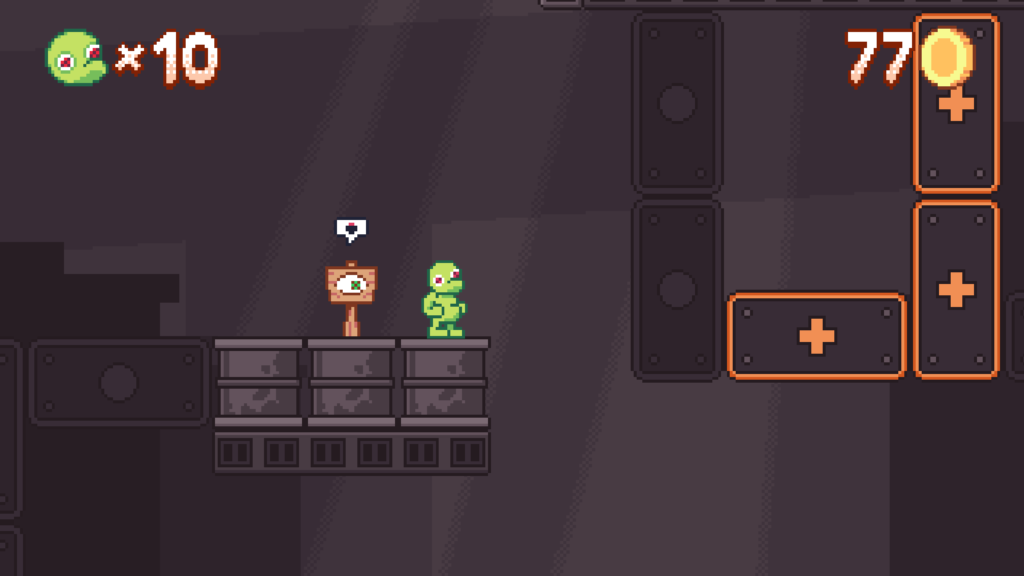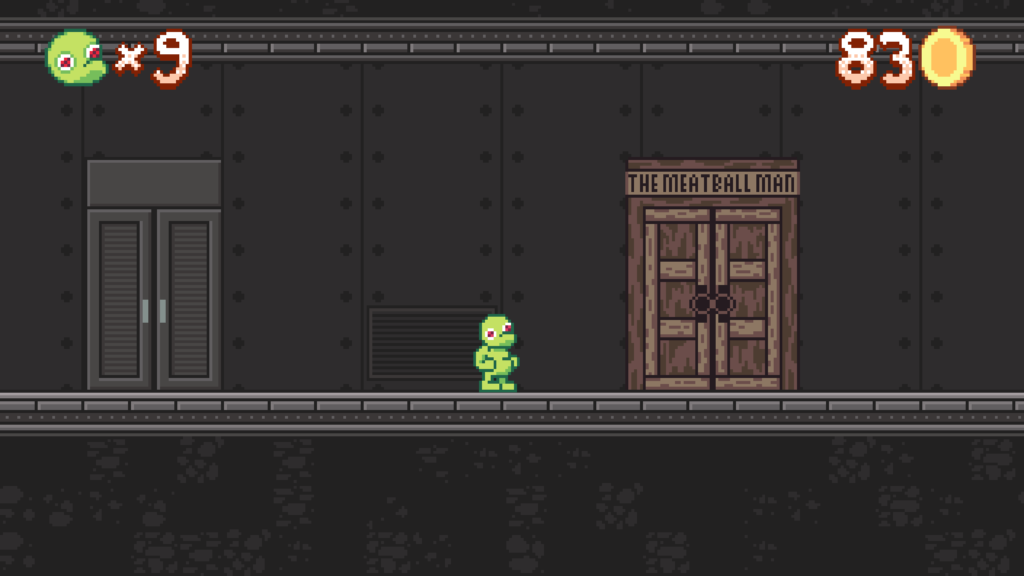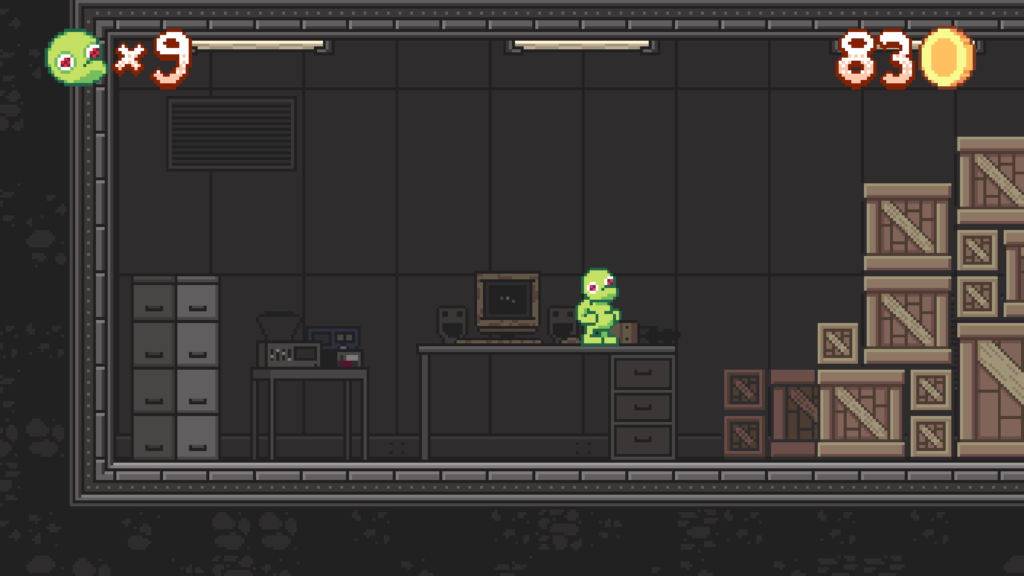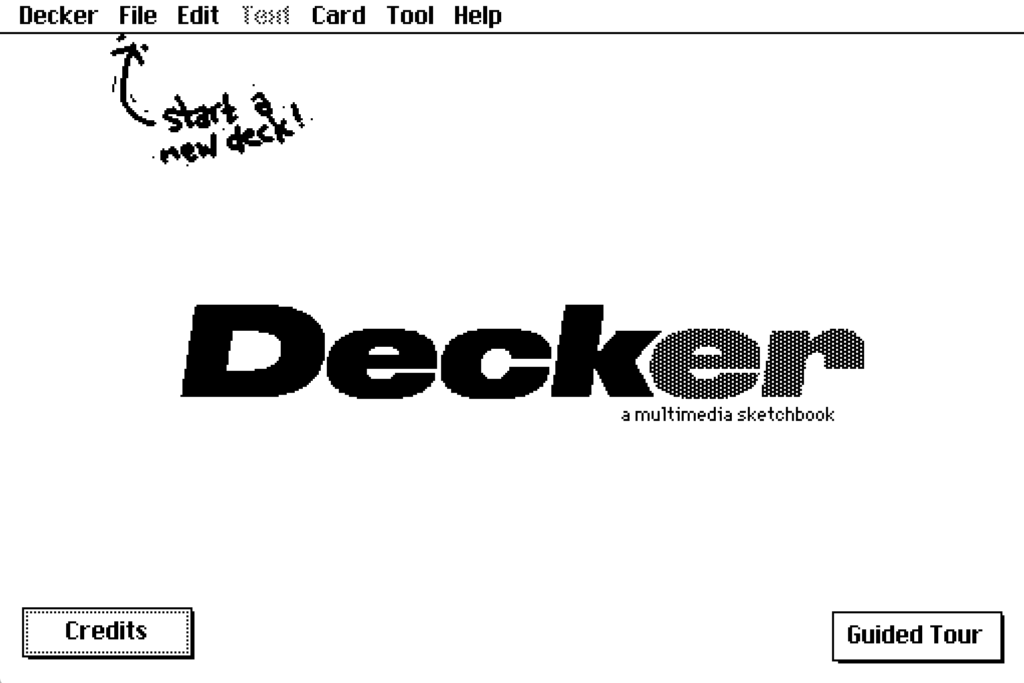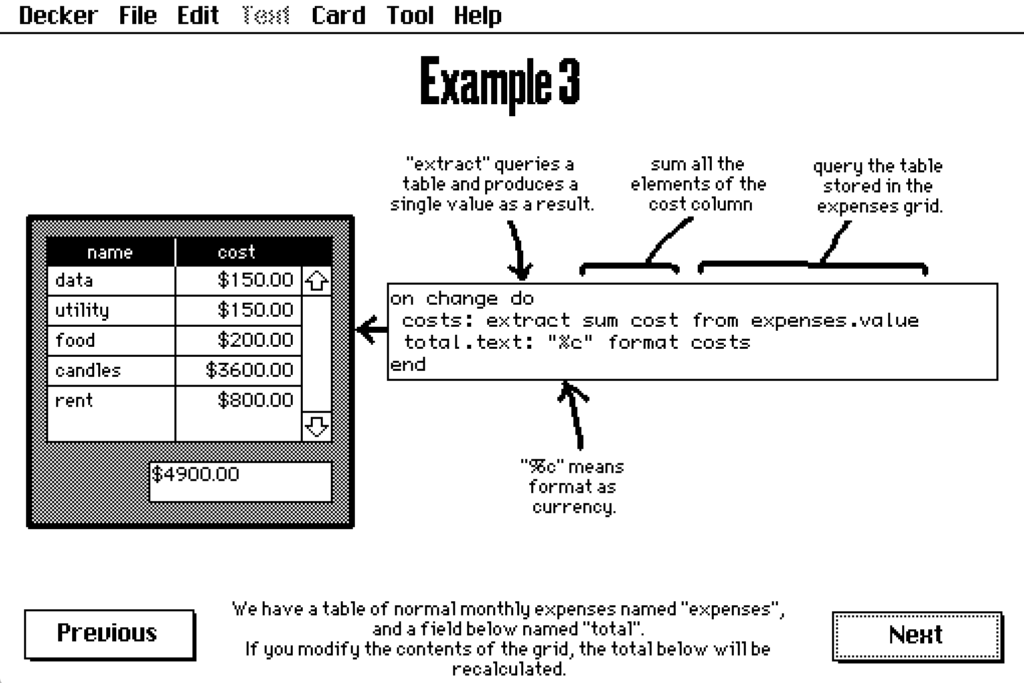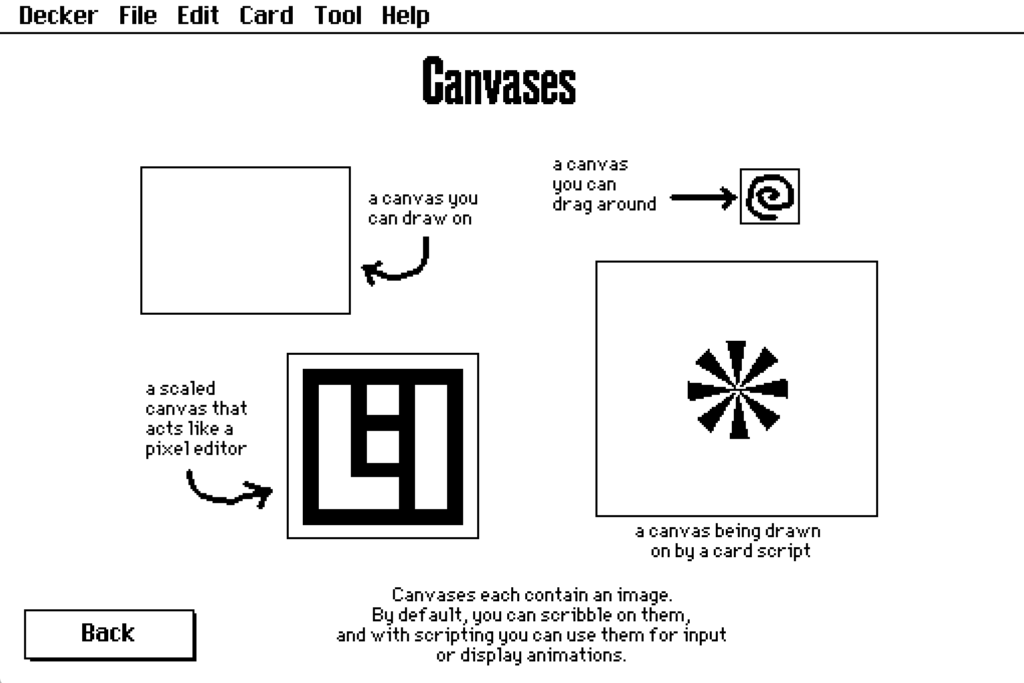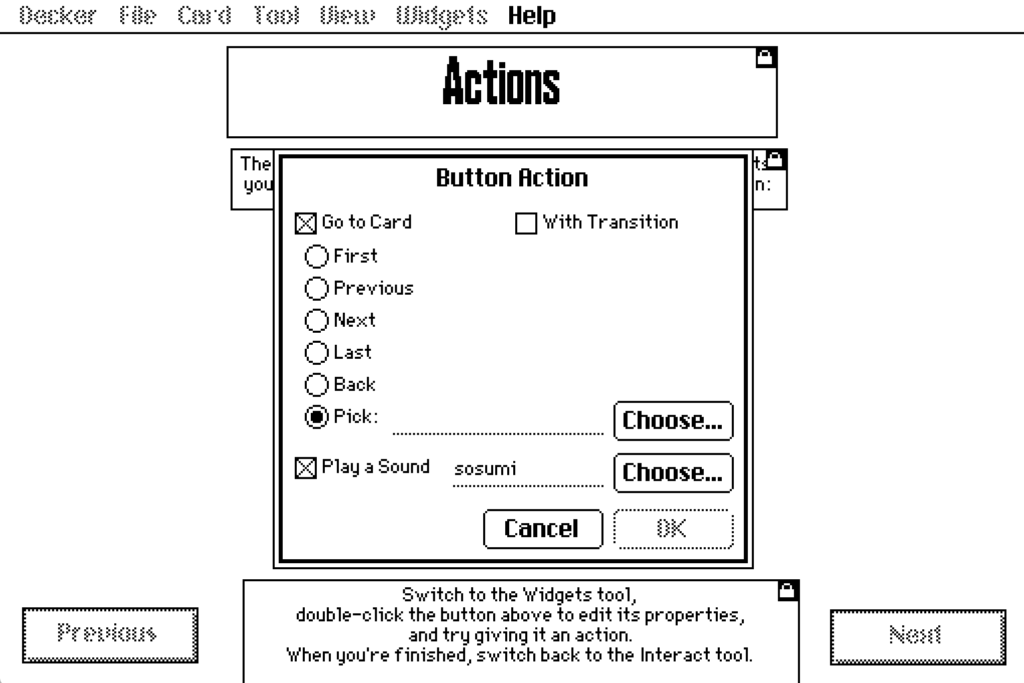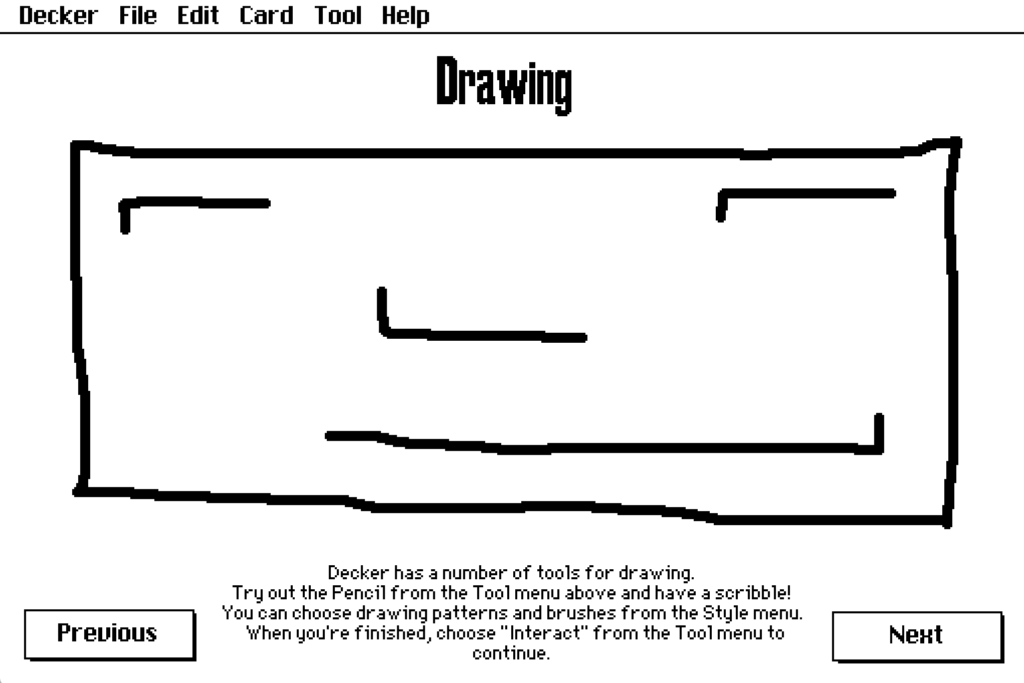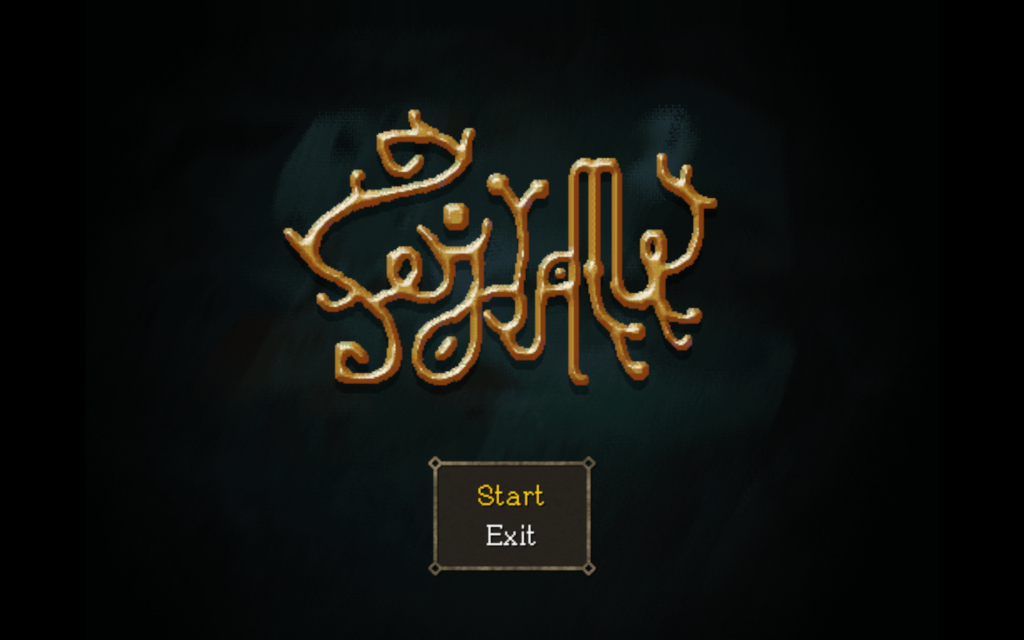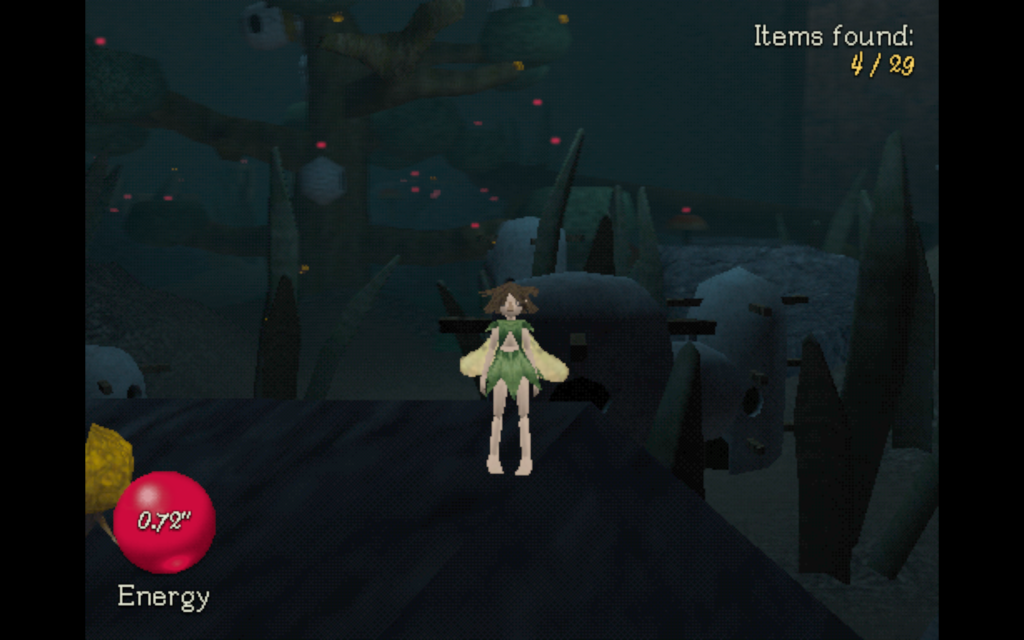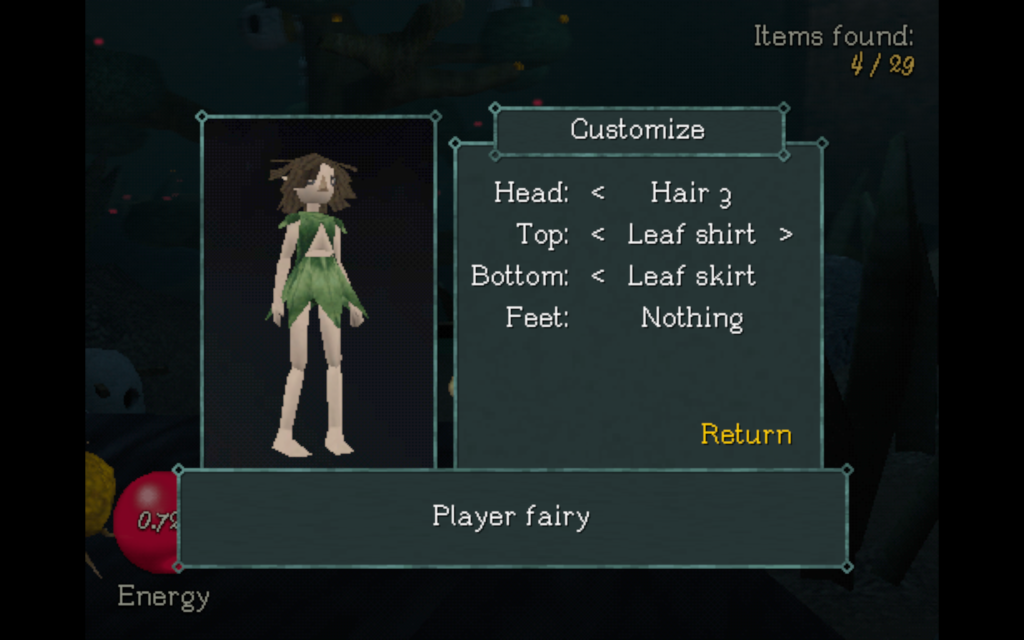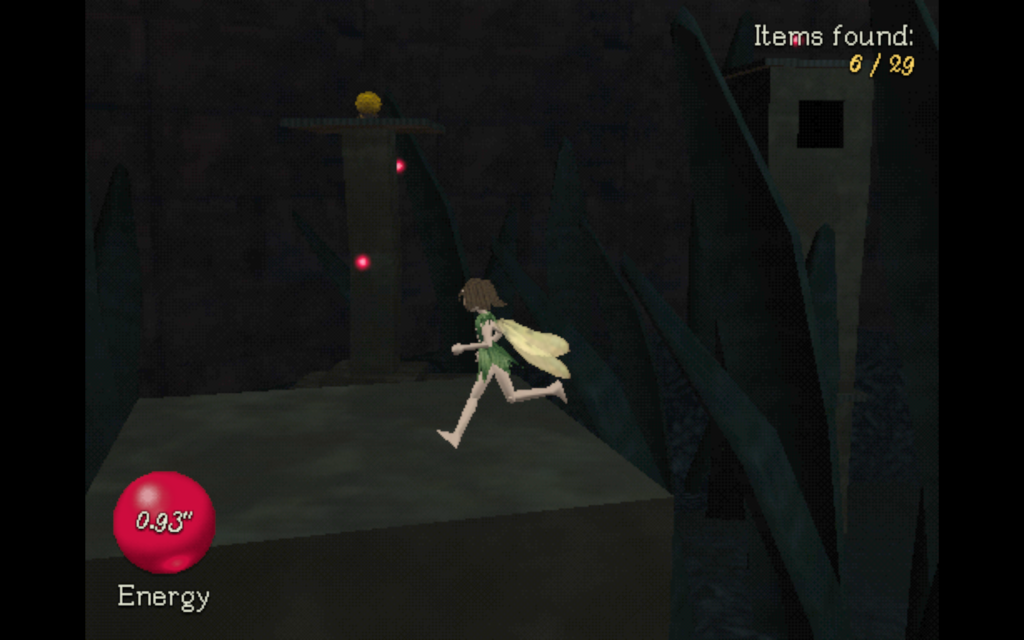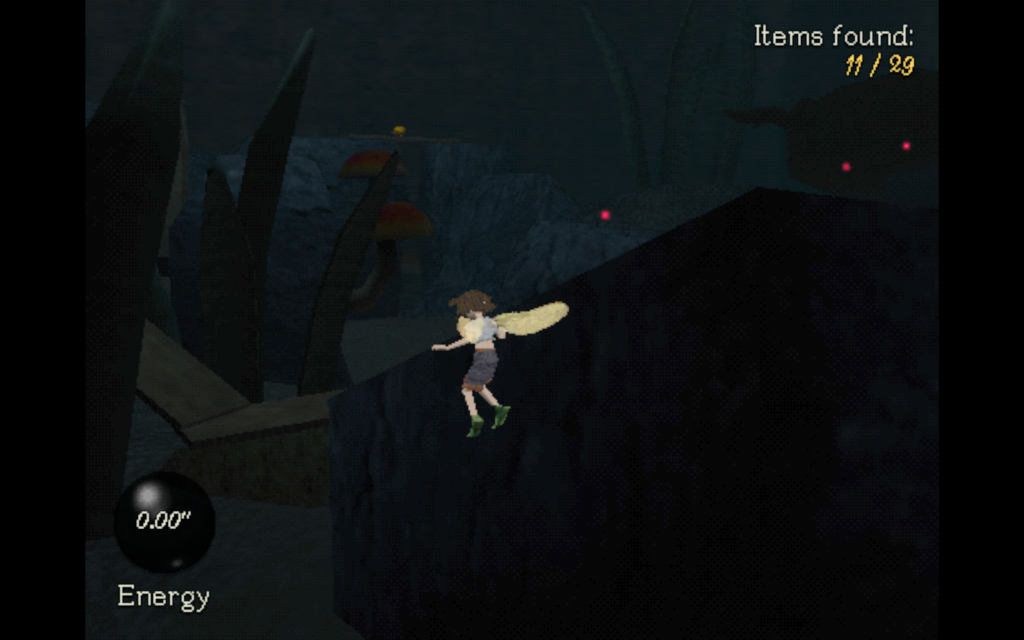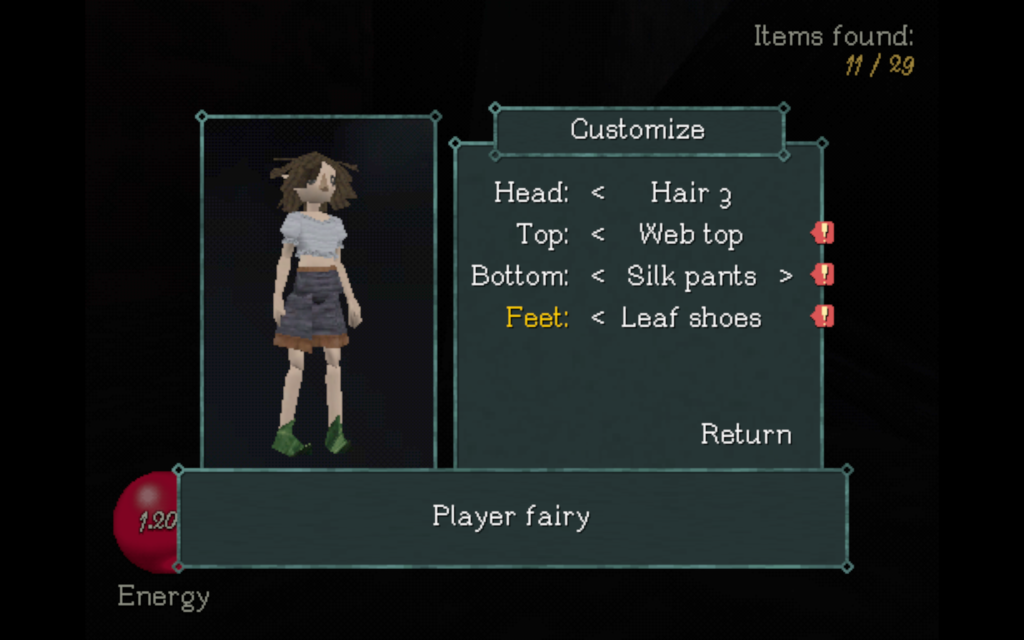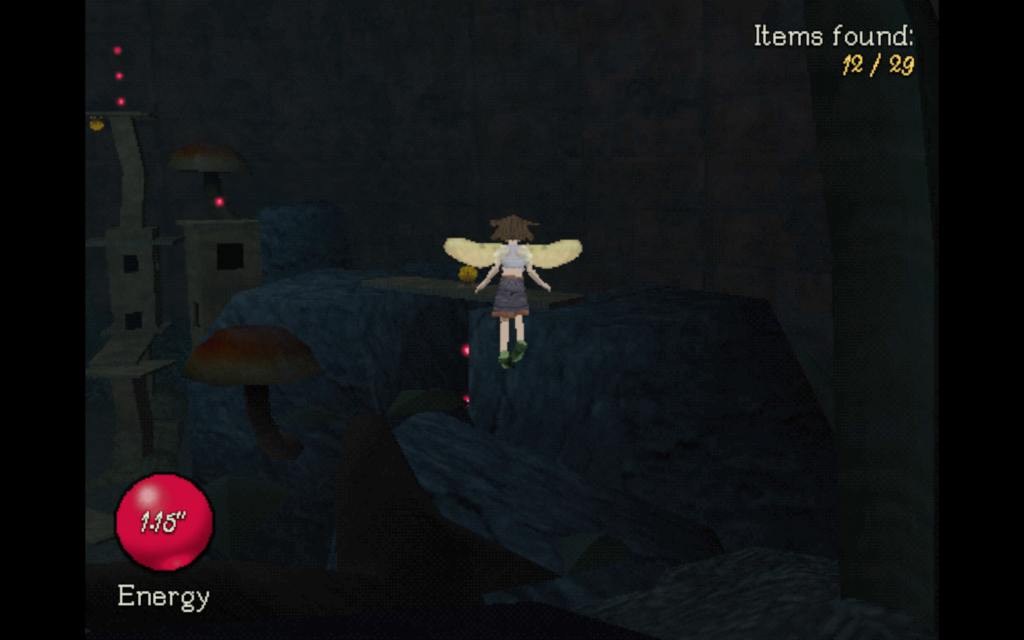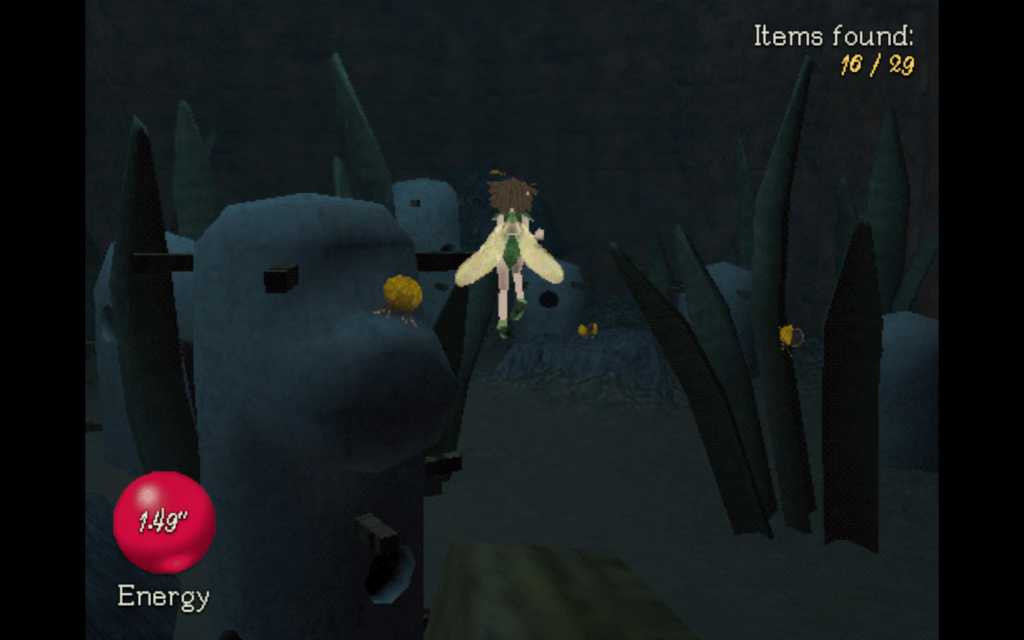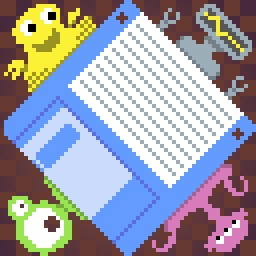
We love it when we find weird and unique indie games to tell you all about! Our alien friends to the left herald these occasions.
ABA has returned! The brilliant creator of dozens and dozens of short but incredibly catchy gamethings, like PAKU PAKU (the one-dimensional Pac-Man variant, we’ve linked it previously) has made a new one, and you really should try it. It’s free and playable in your browser! (EDIT: Oh dear, I forgot to link the game! Here it is! Follow the link, you won’t be disappointed!)
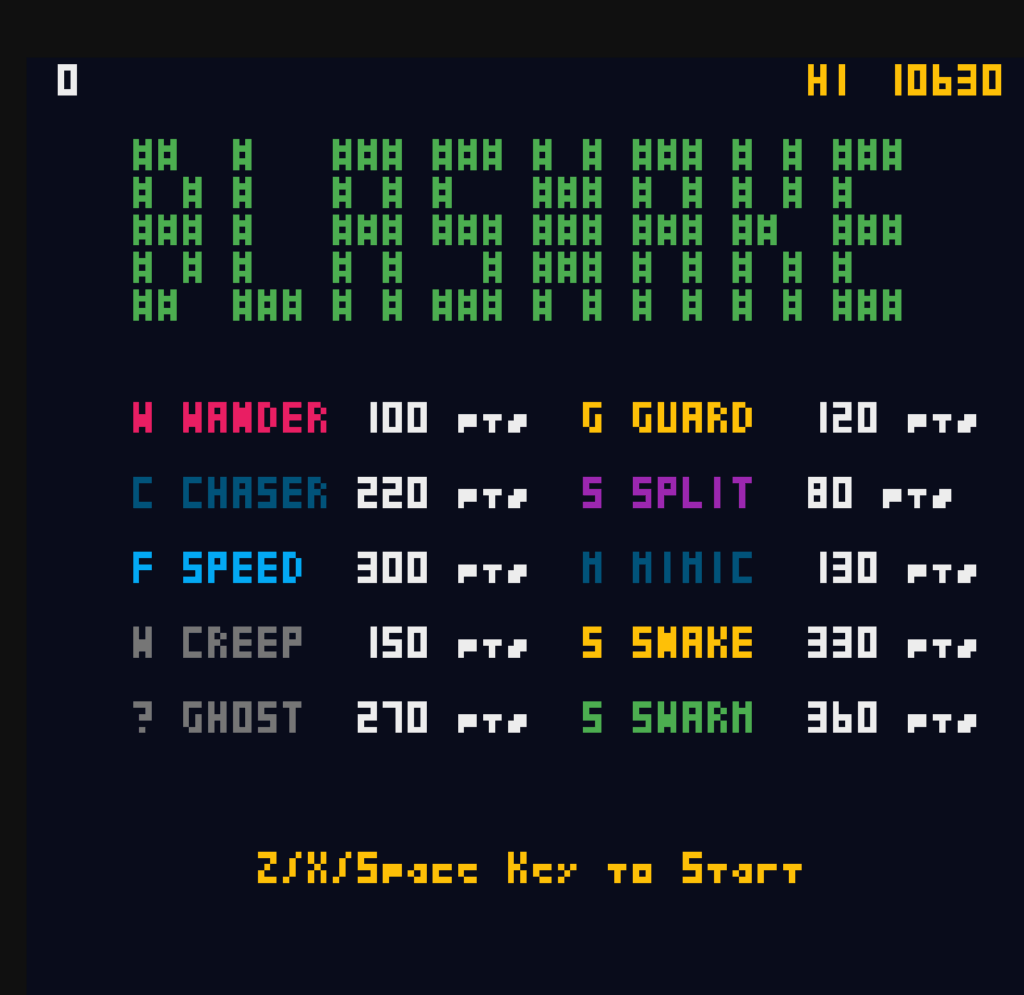
It’s a variant of the classic game Snake, where you control a long serpent as it gobbles up food, growing a segment longer each time. You don’t need me to explain Snake to you!
But, Blasnake has enemies too. They don’t attack you, but instead move around you and try to get you to collide with them. But the brilliant part is how you fight back, by surrounding them. It’s hard to see at the default game size (you might want to zoom in on the page), but there’s a line of dots projected in front of your snake. If your body and those dots enclose an area of the board, it vaporizes all the enemies inside the region, and you get points based on how many things you destroyed at once.

Every 30 food you eat (dollar-signs represent the food) you get an extra life, and your snake shrinks back down. That makes it harder to run into yourself, it’s true, but it also makes it harder to destroy enemies. You also get longer every time you score 1,000 points.
It’s really fun to play and try to beat your high score, and beyond all this there’s really good music to accompany the gameplay. Honestly you should try it just to hear it.
ABA always bats it out of the park, but this one is really nice even by their standards. The enemies are just the right balance of annoying and defeatable, and it always feels like you could do better if you played just one more time. Give it a shot, and see if you agree.

